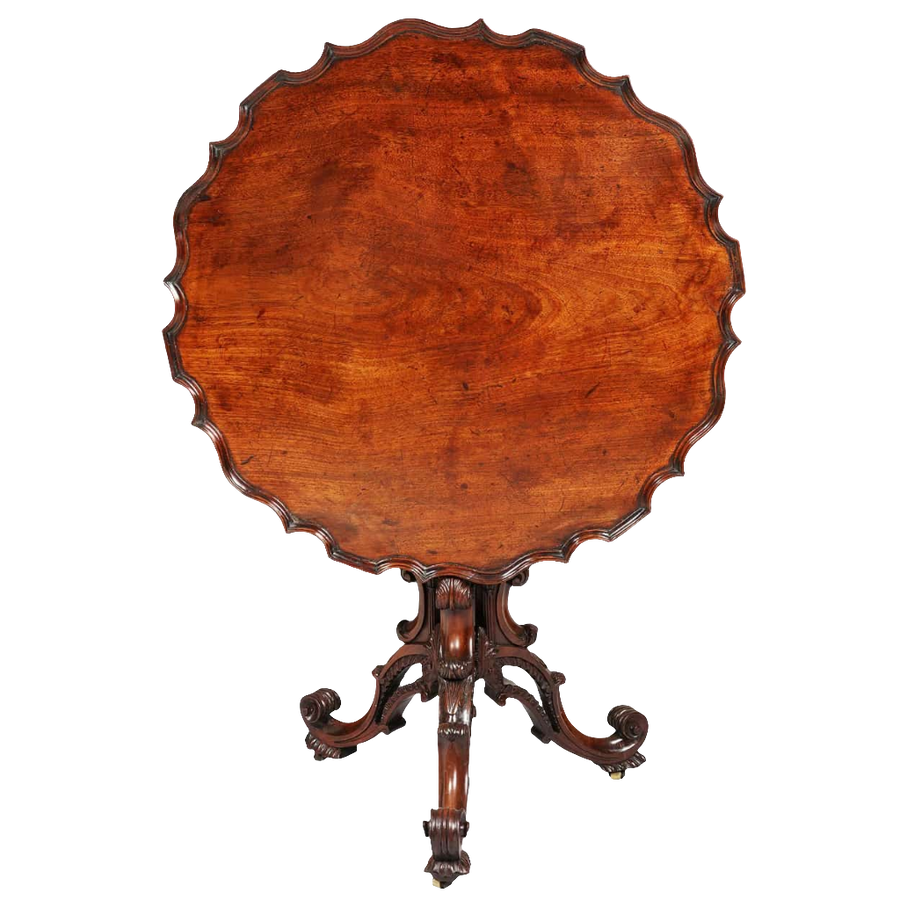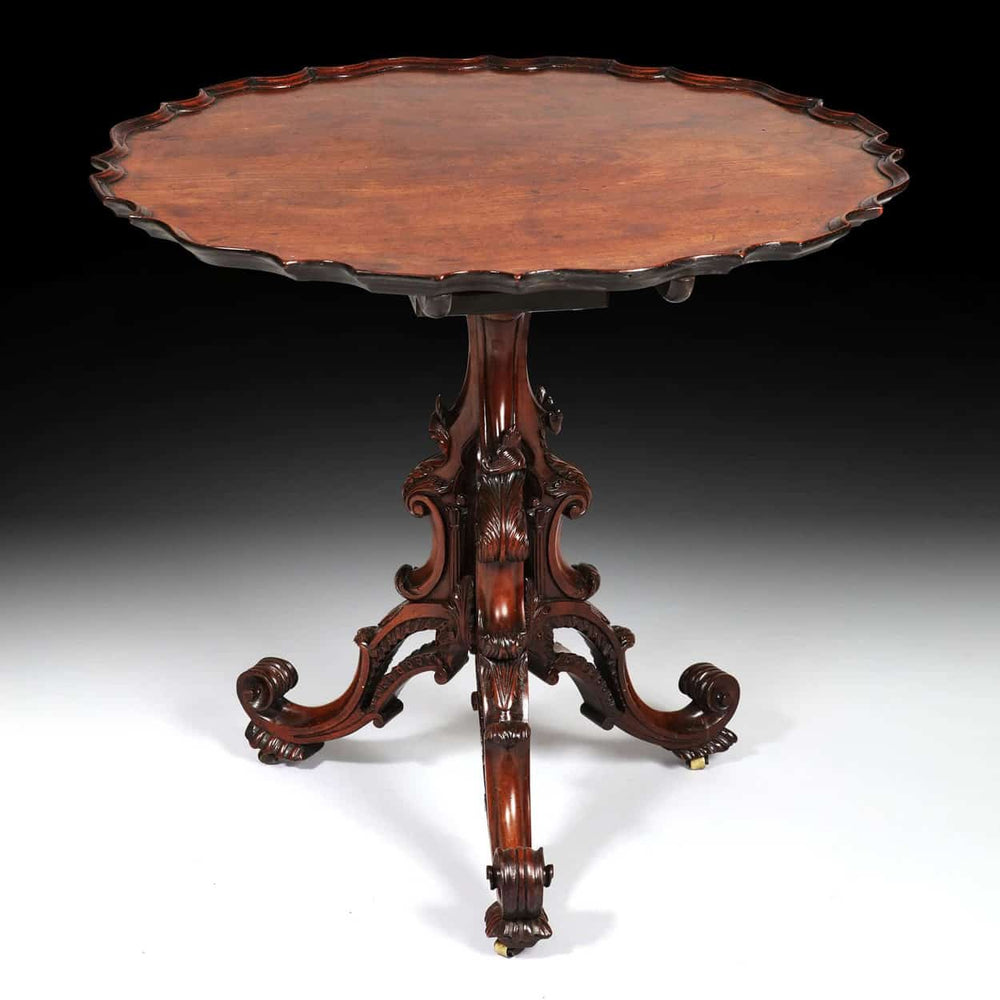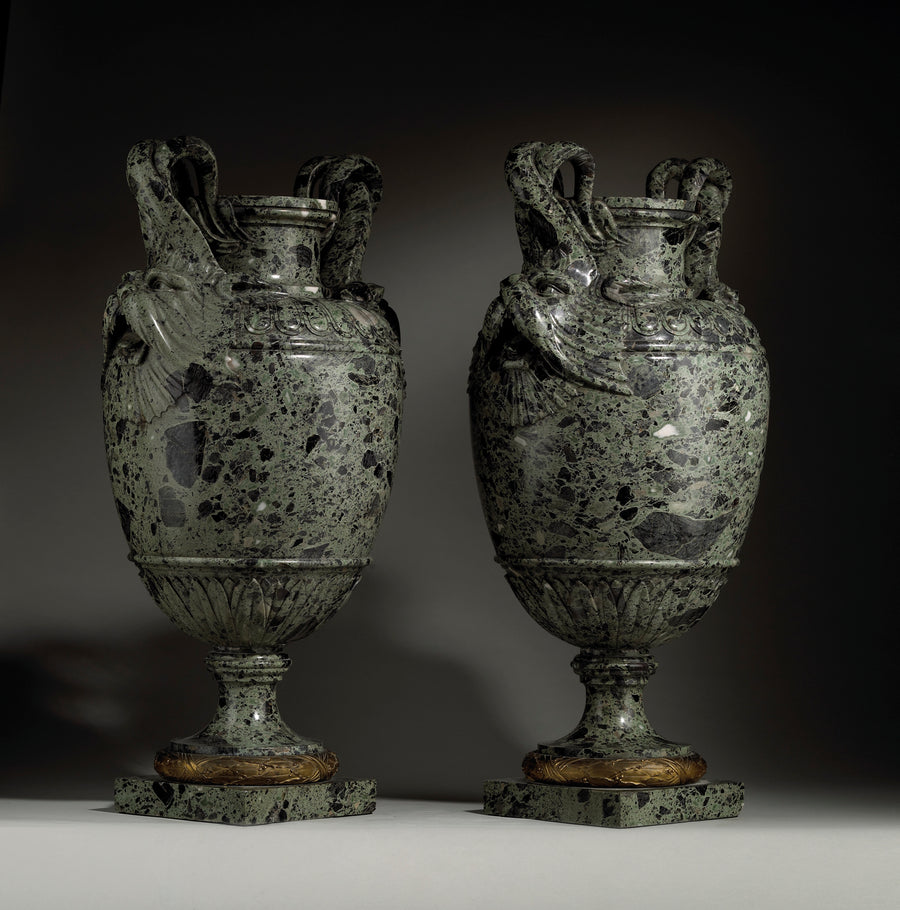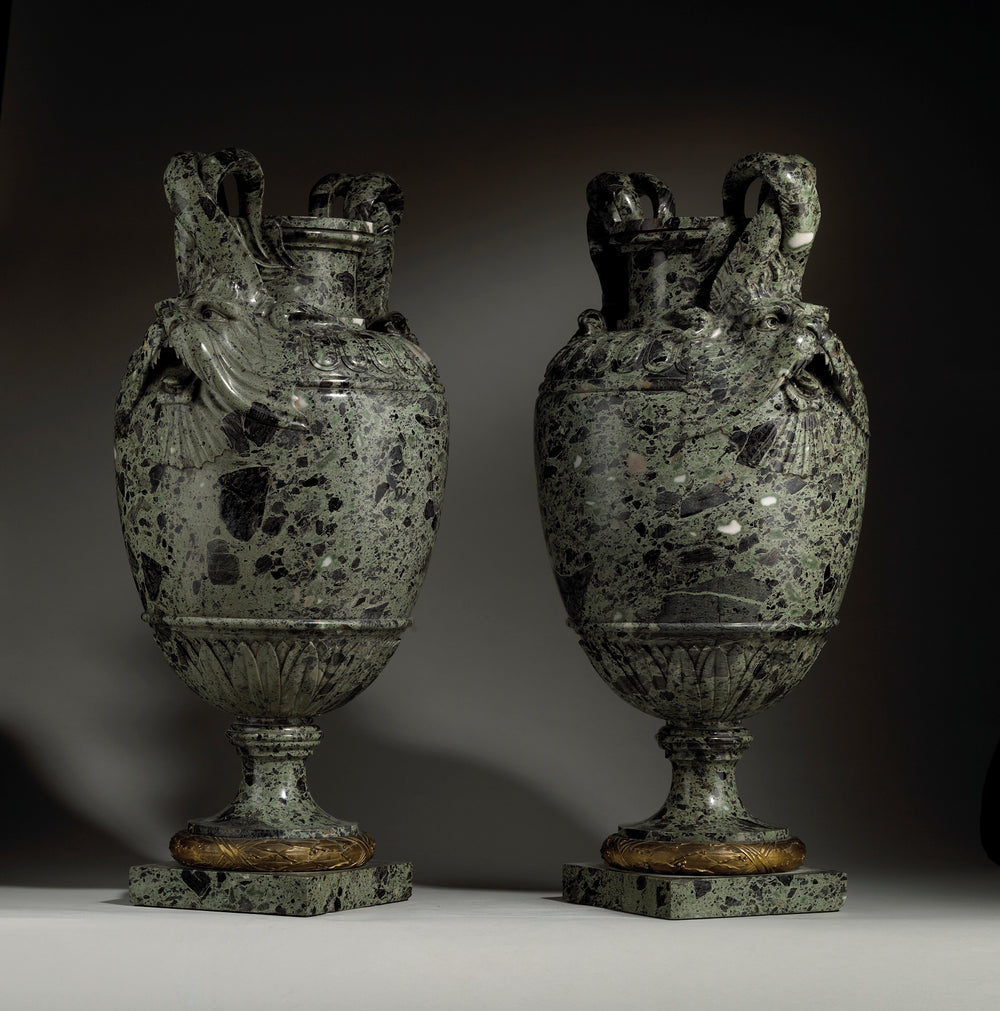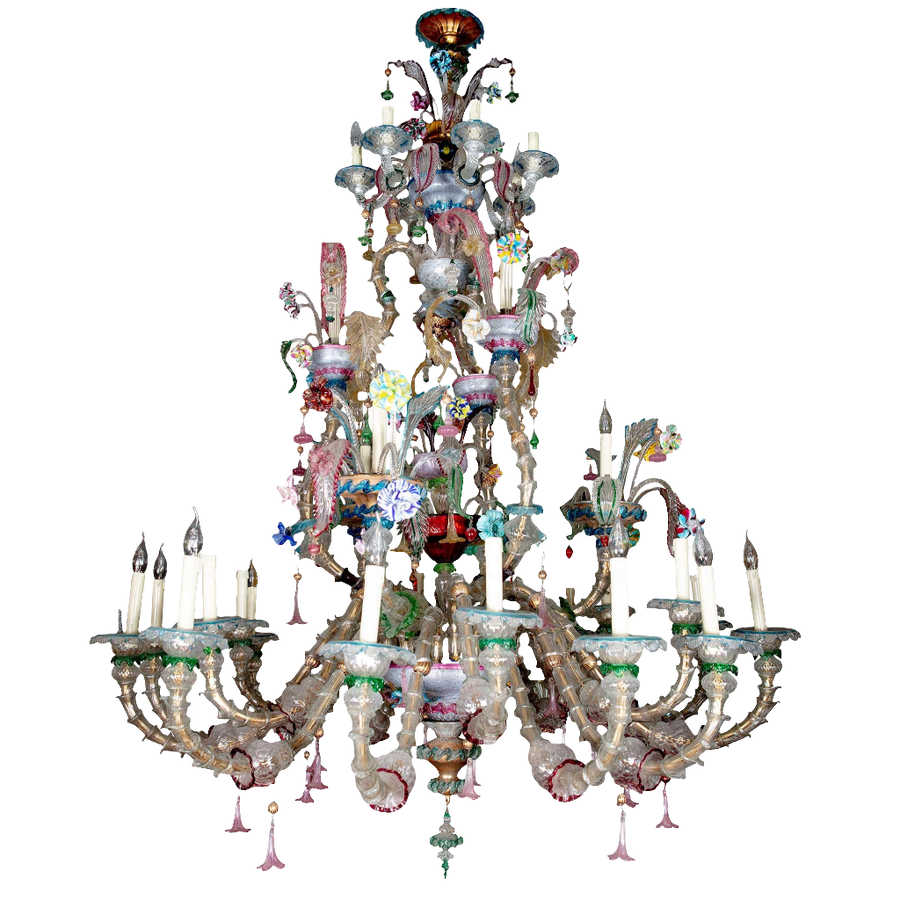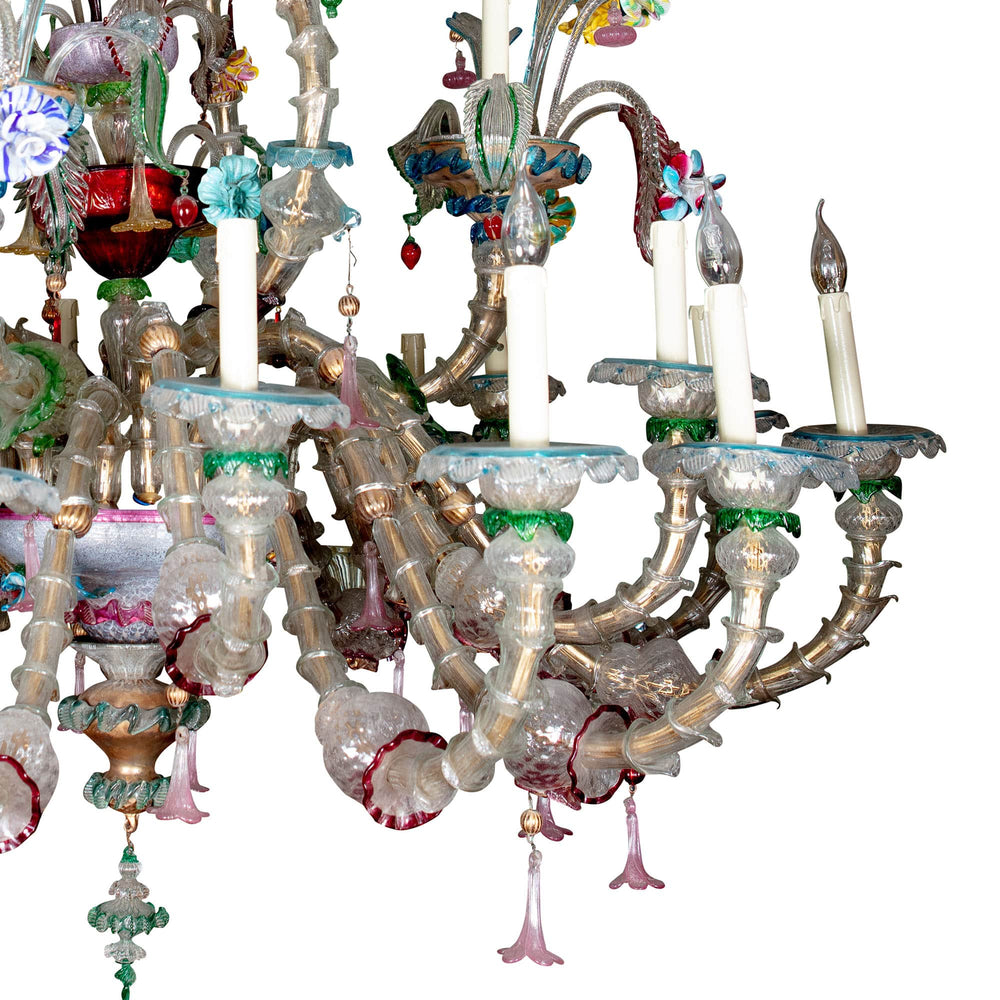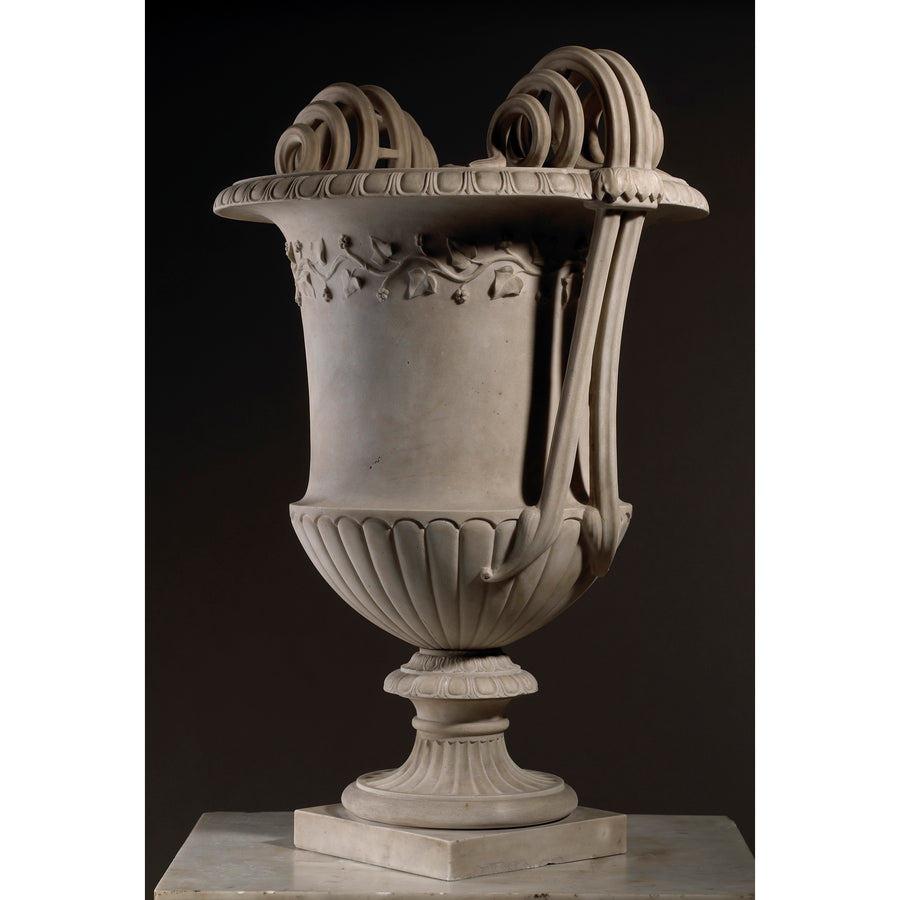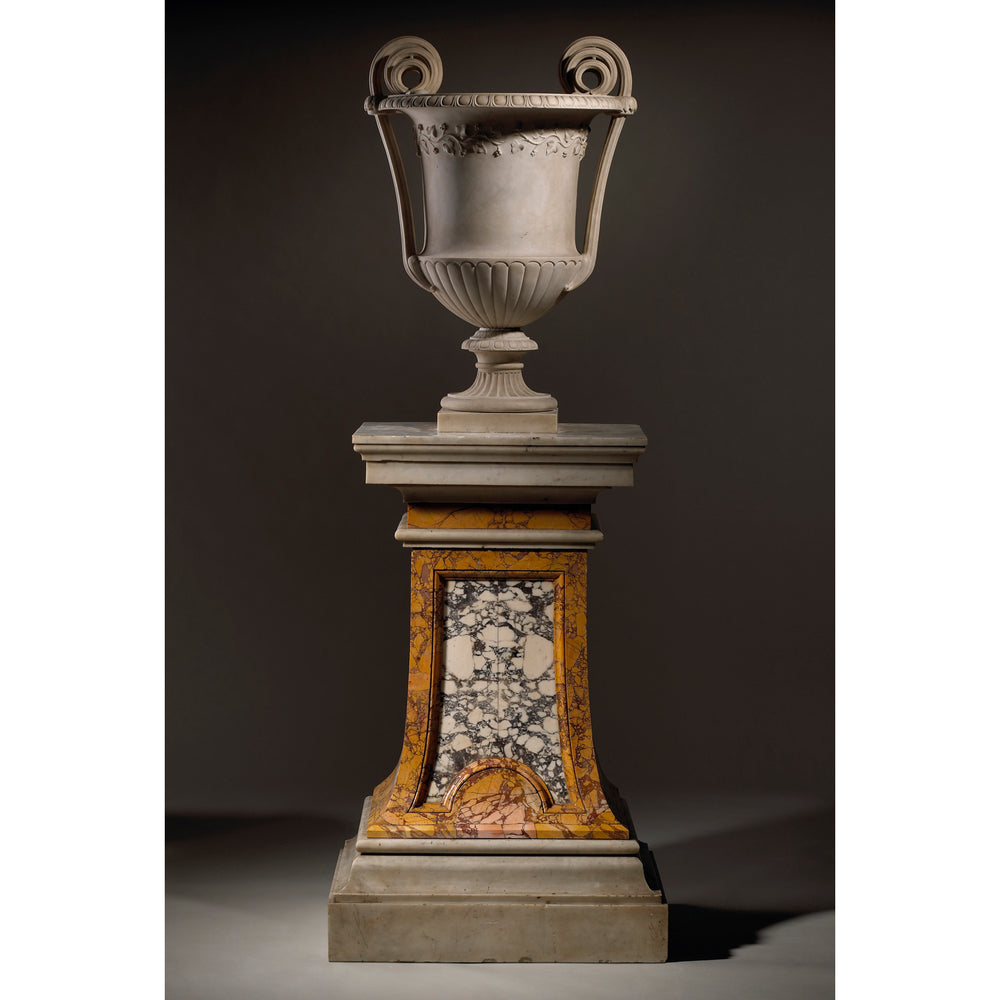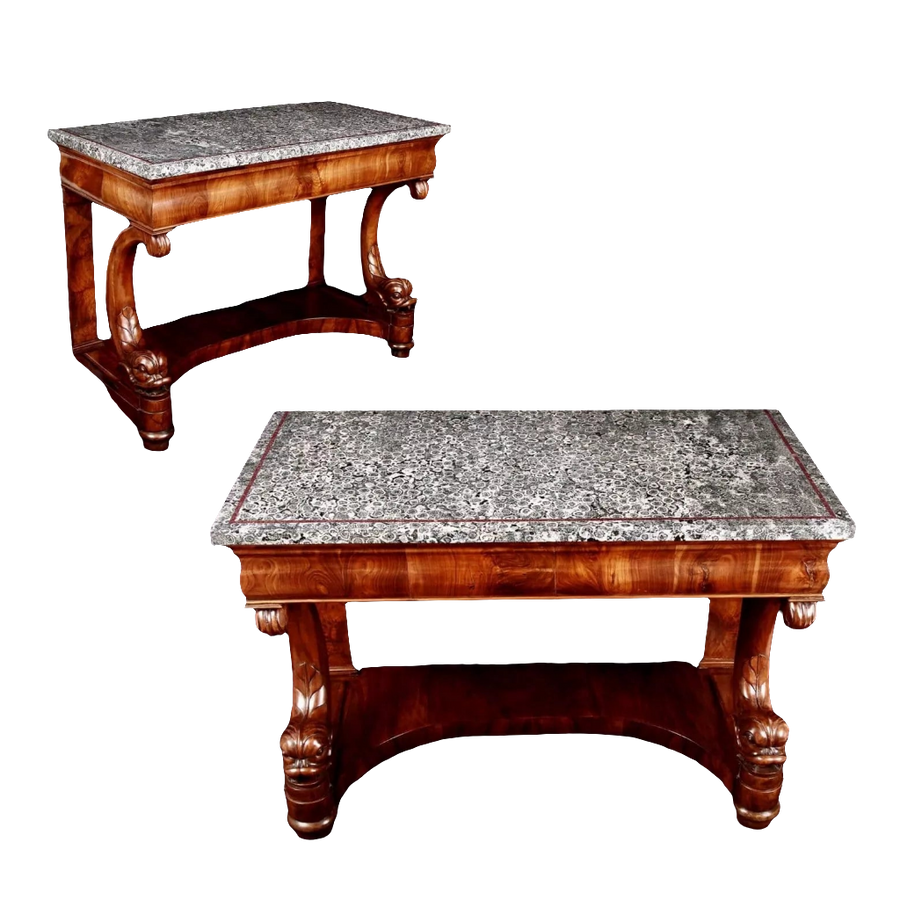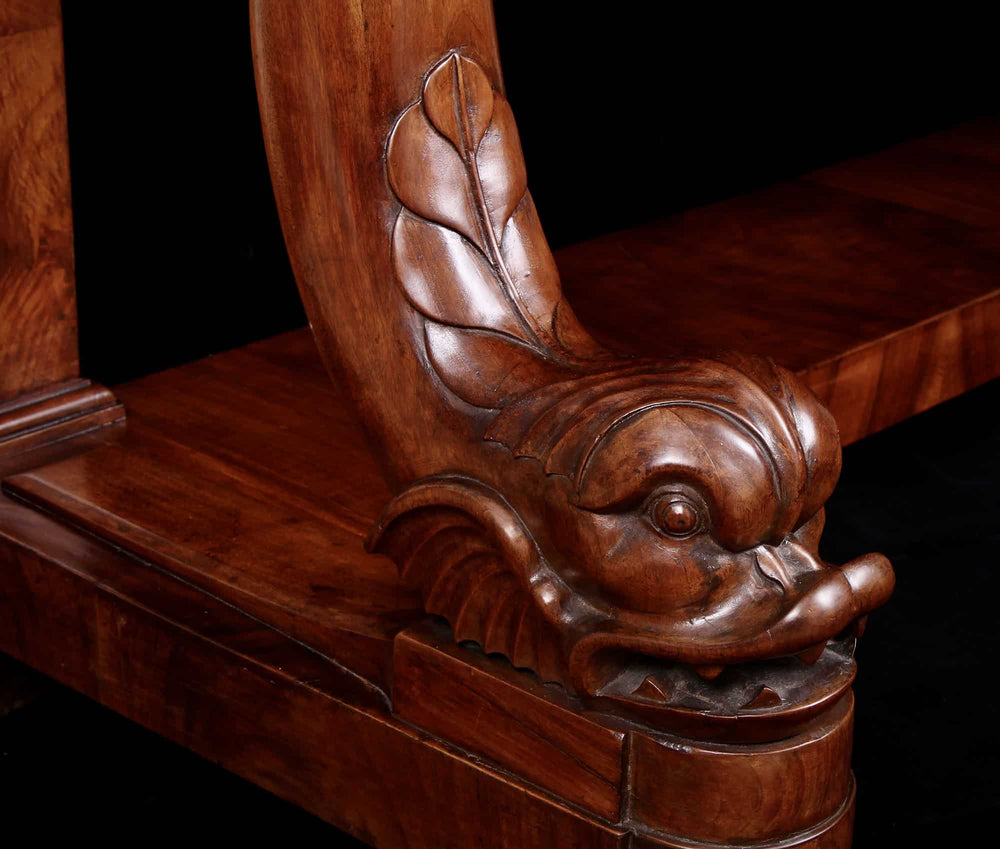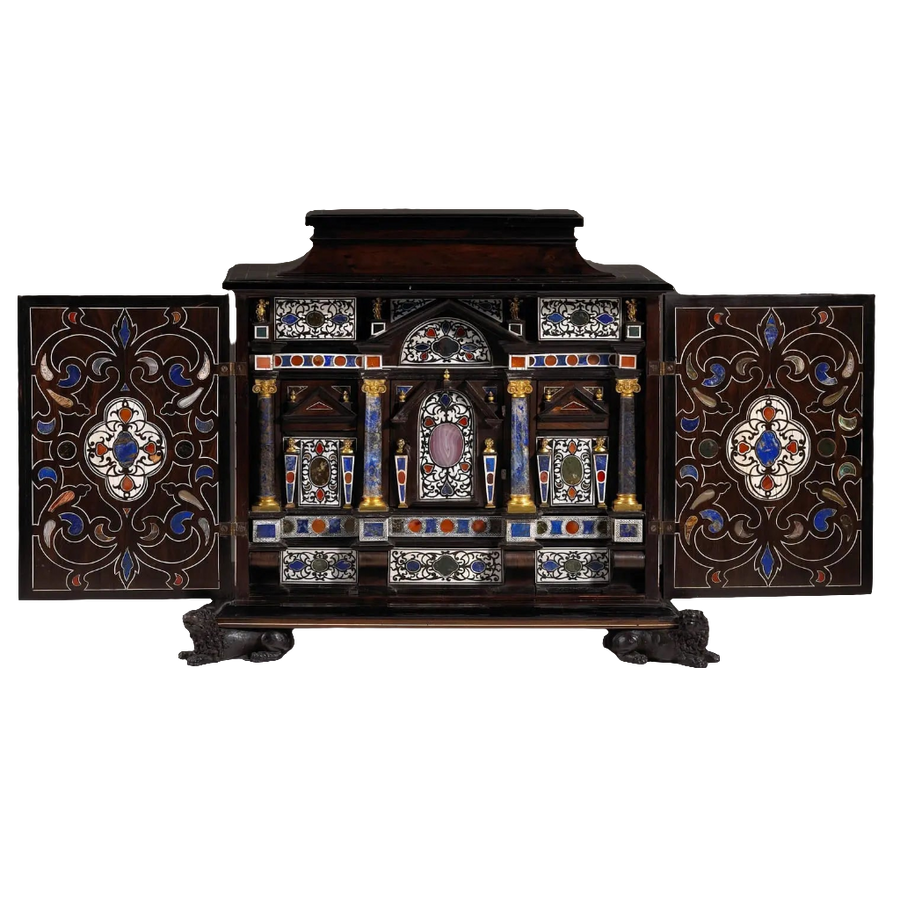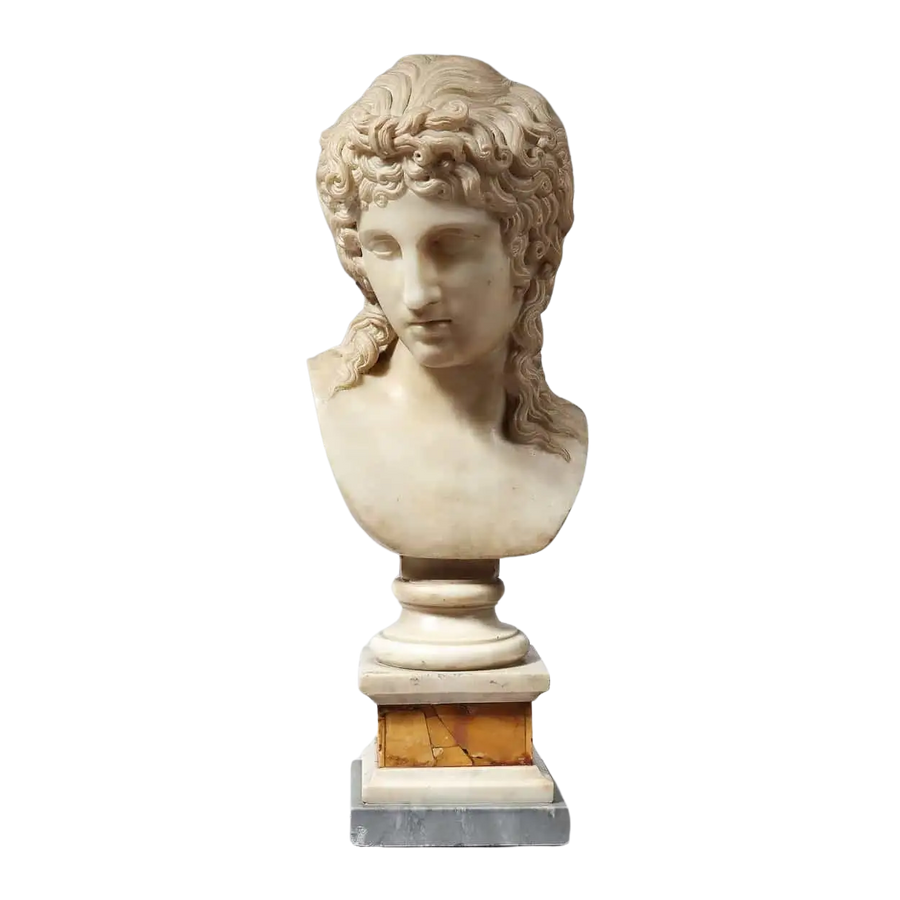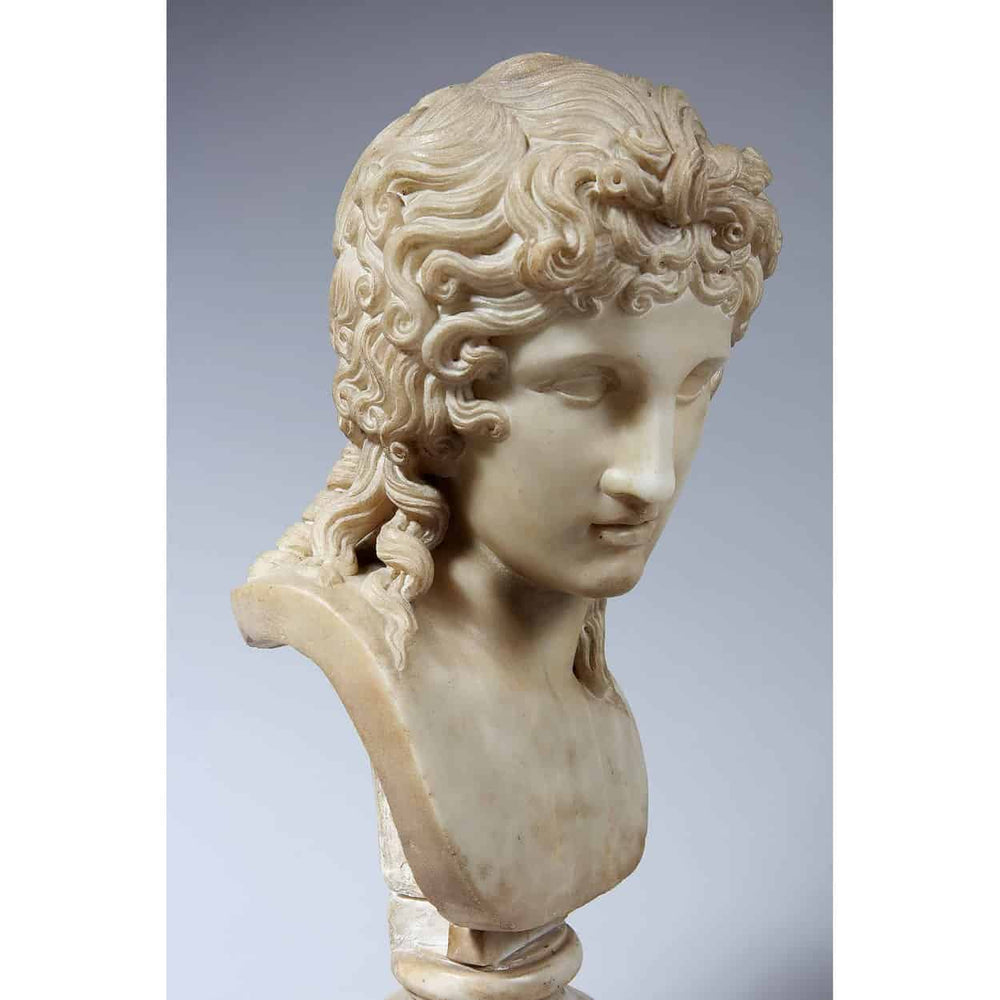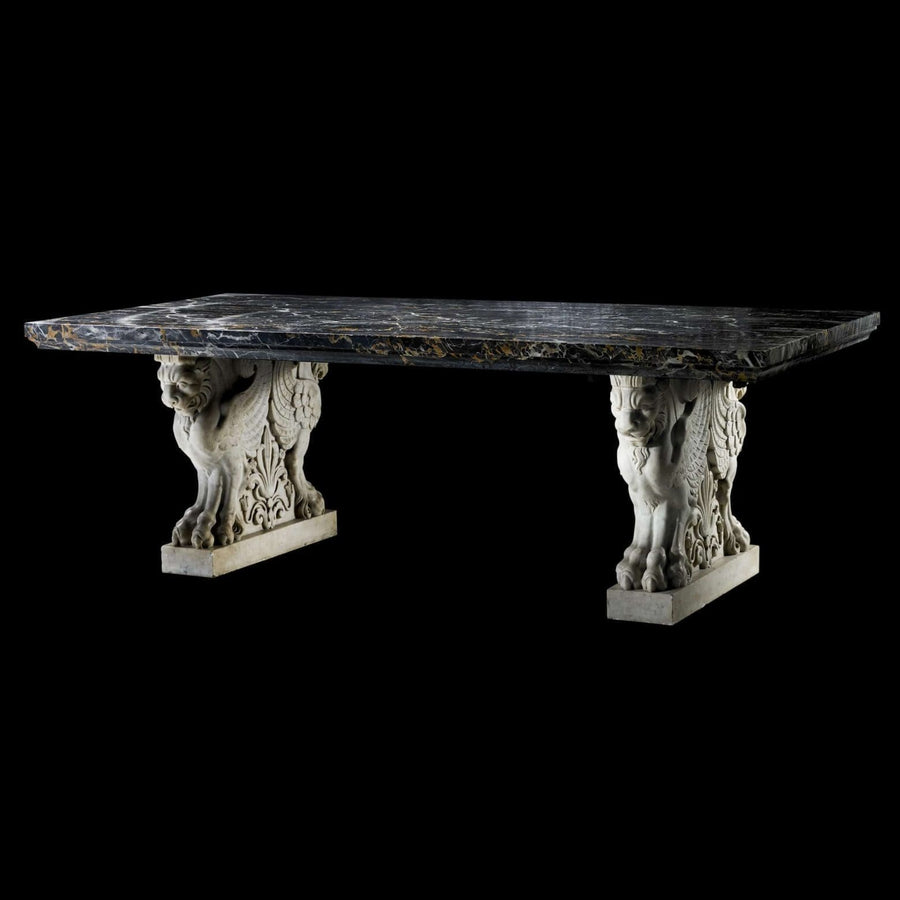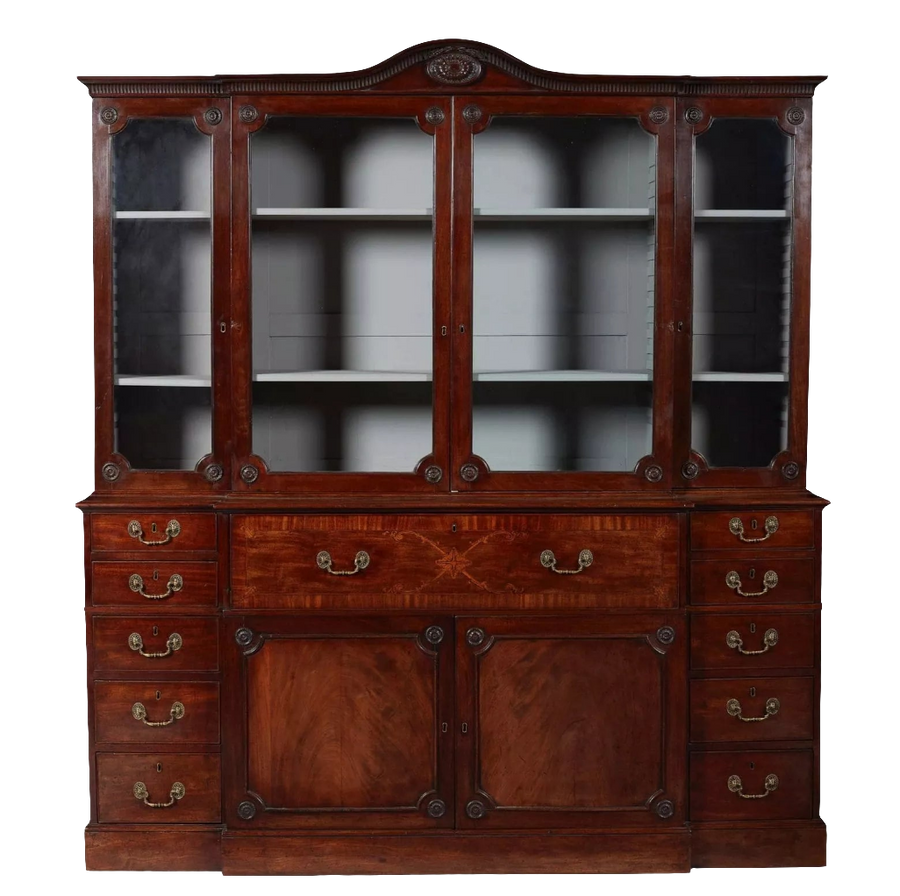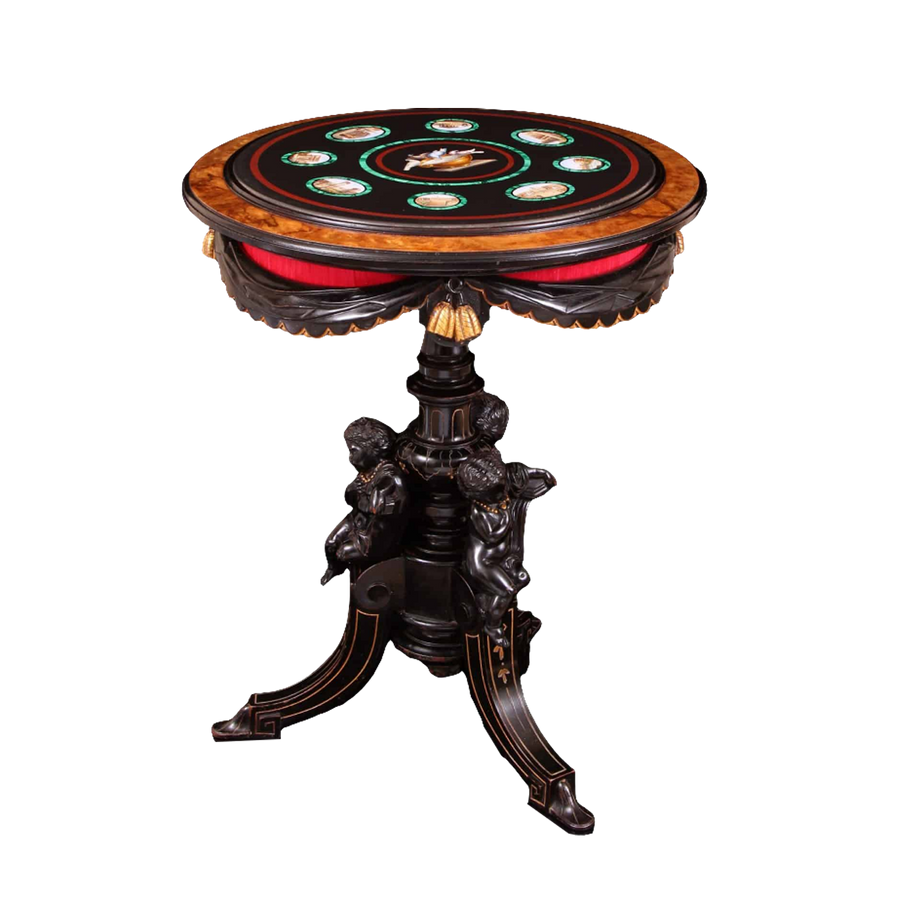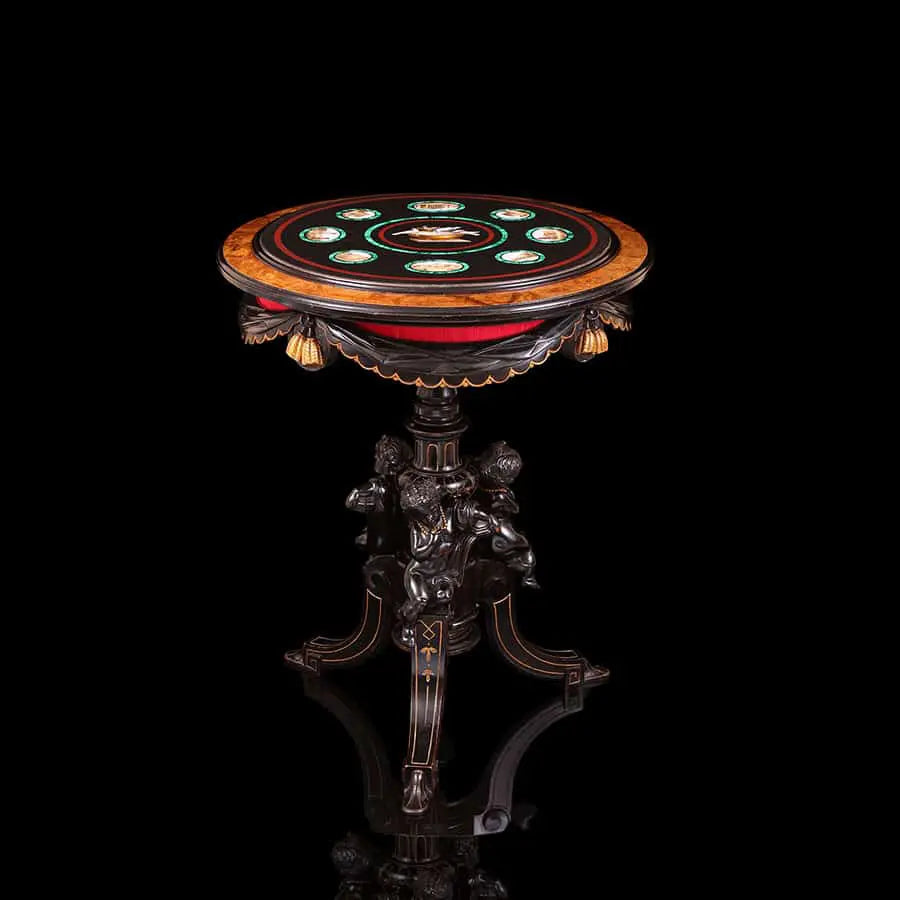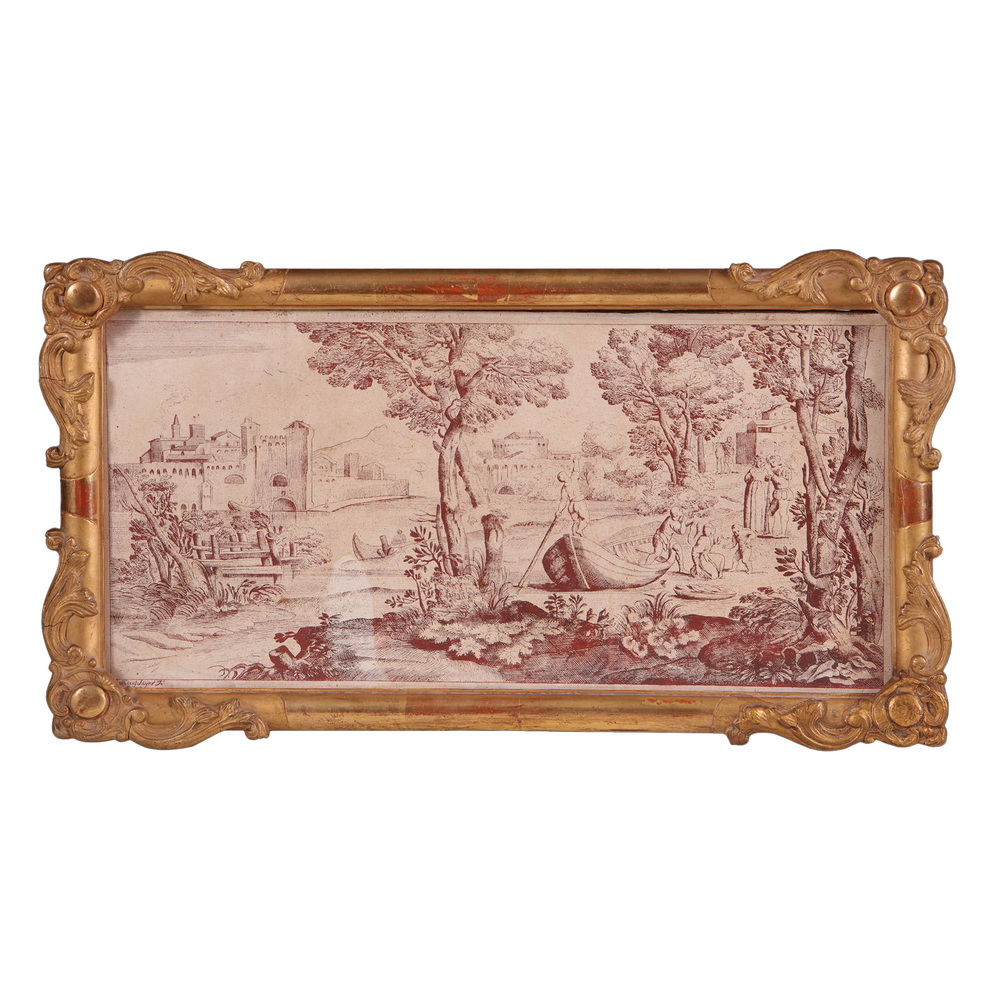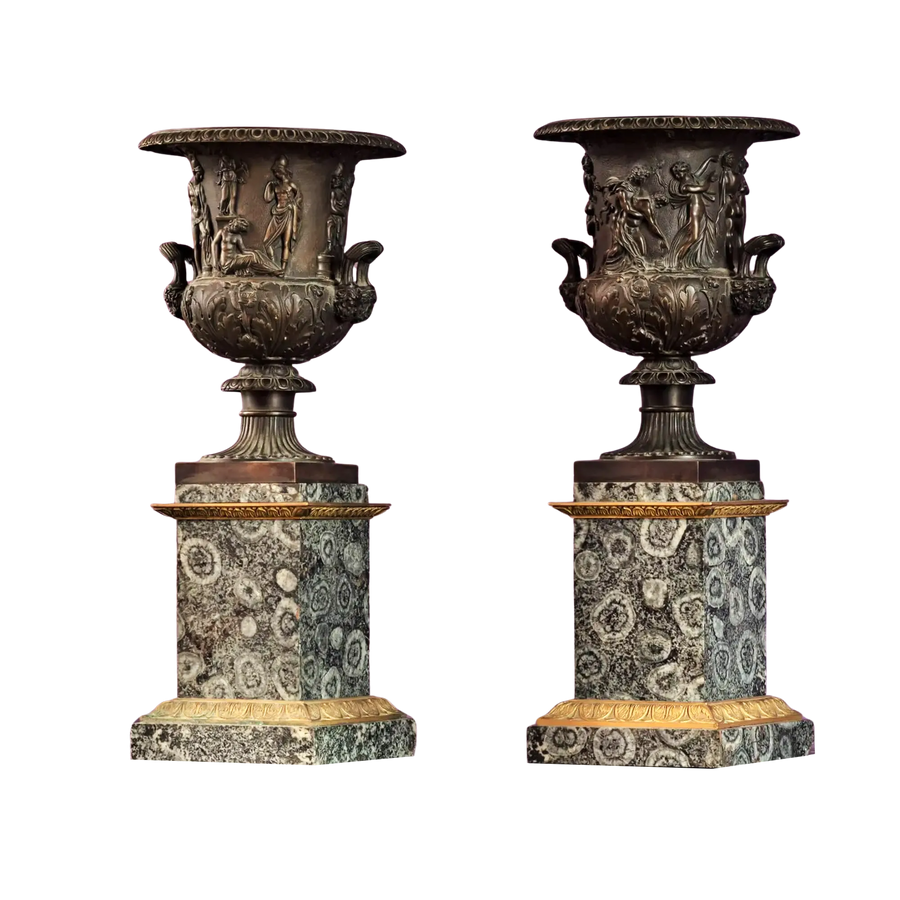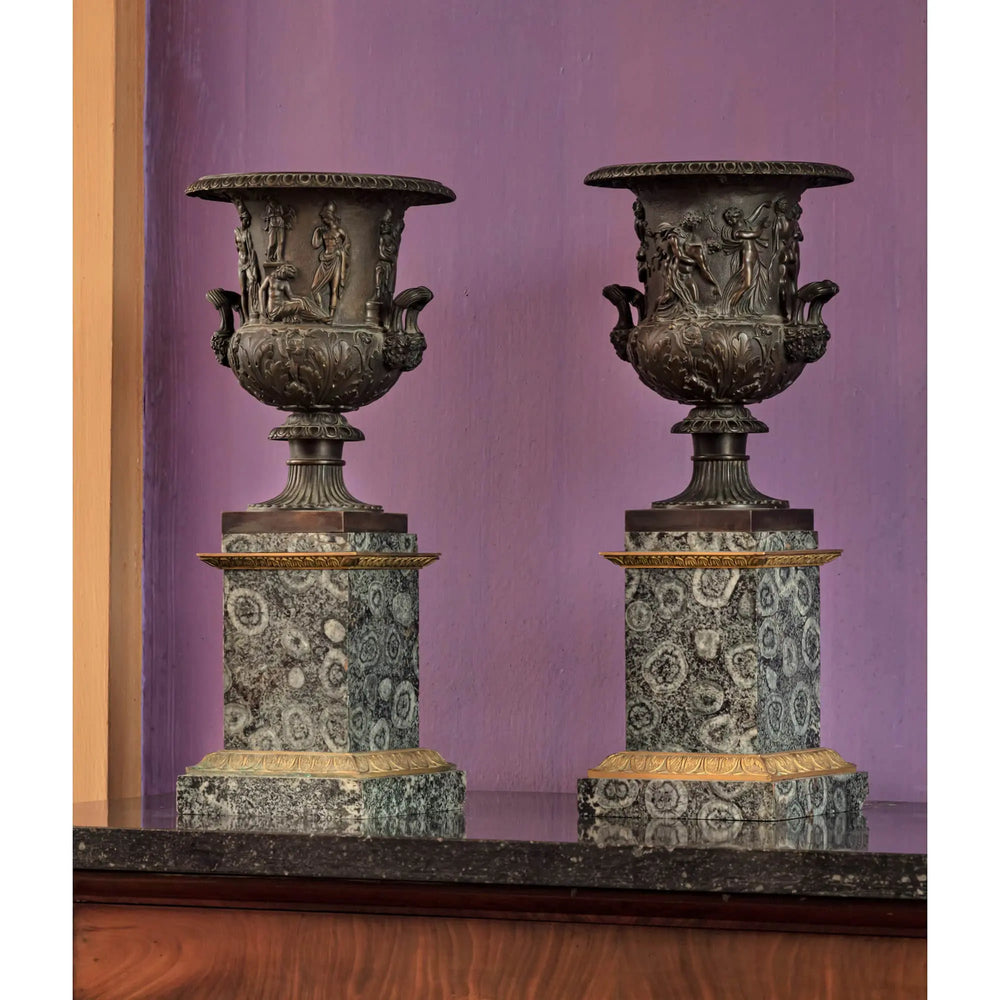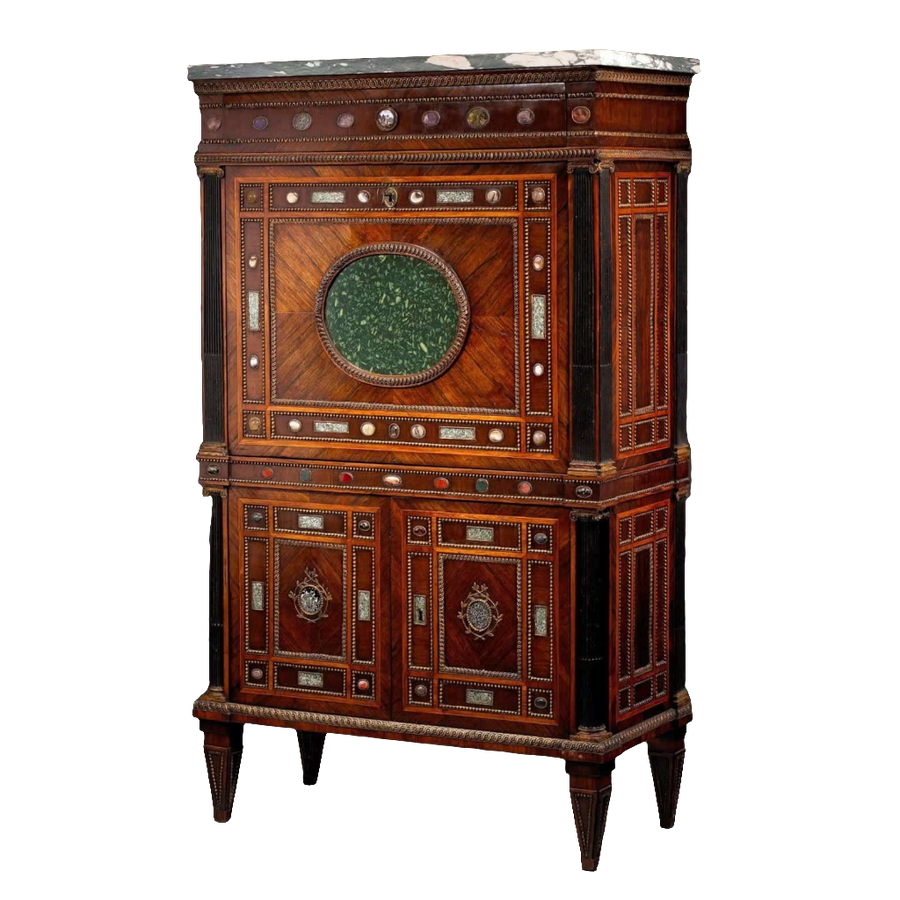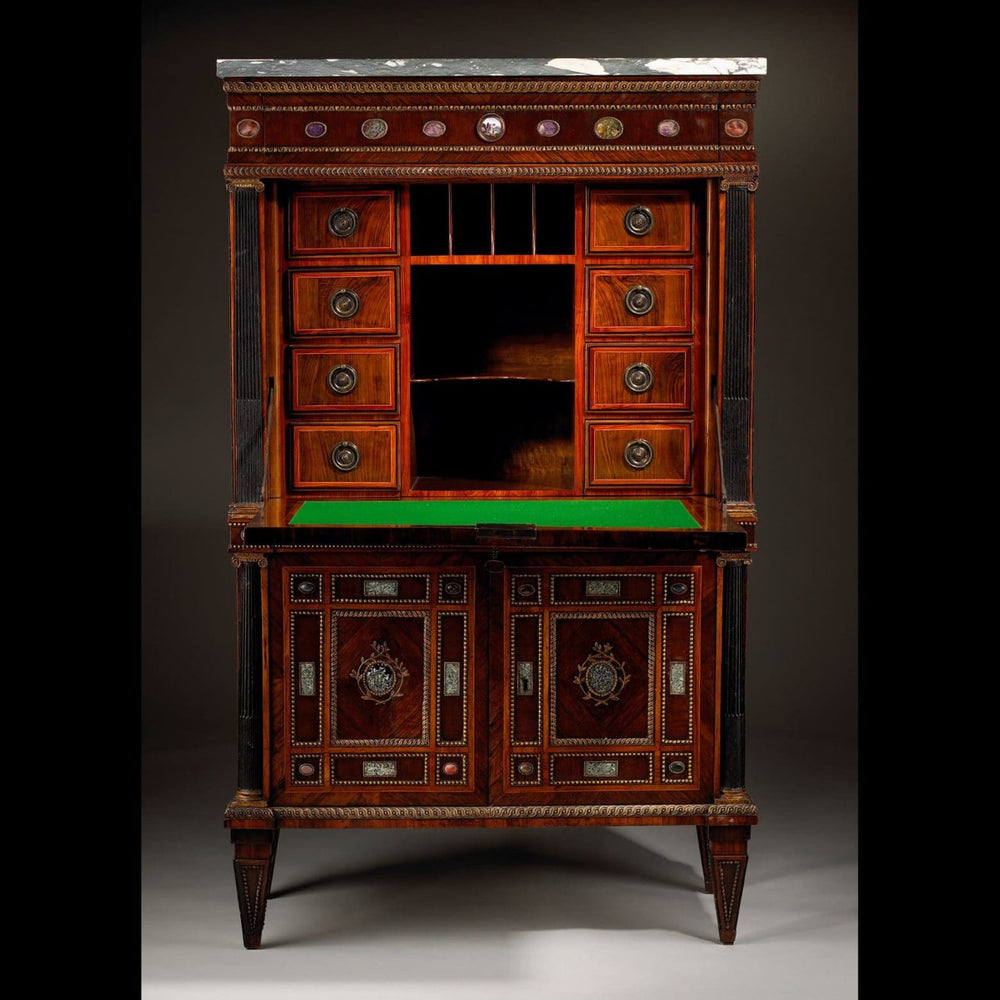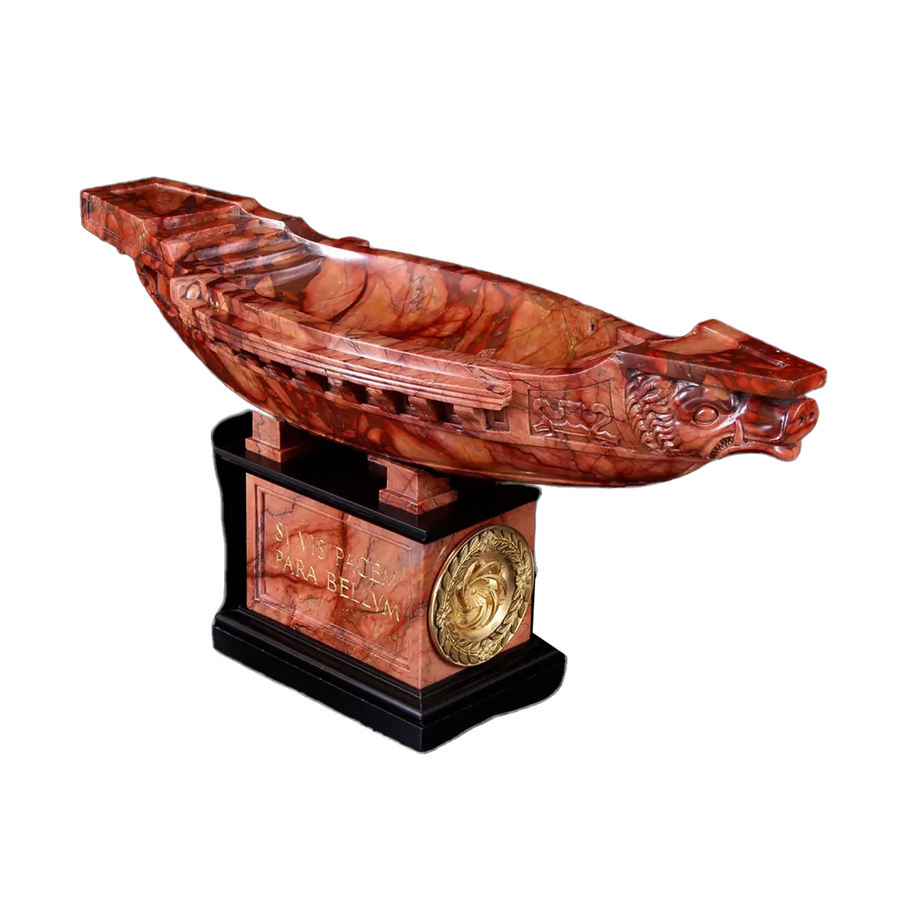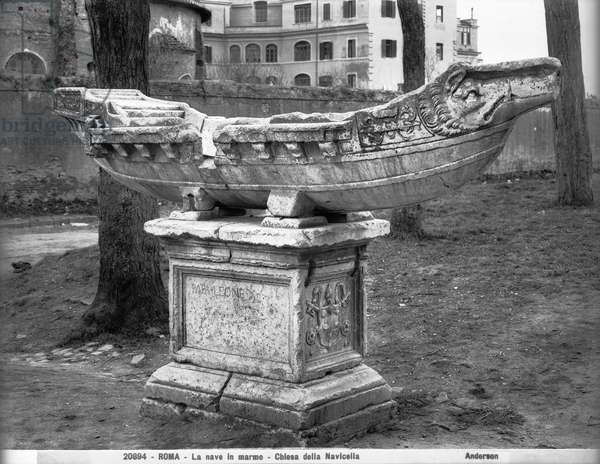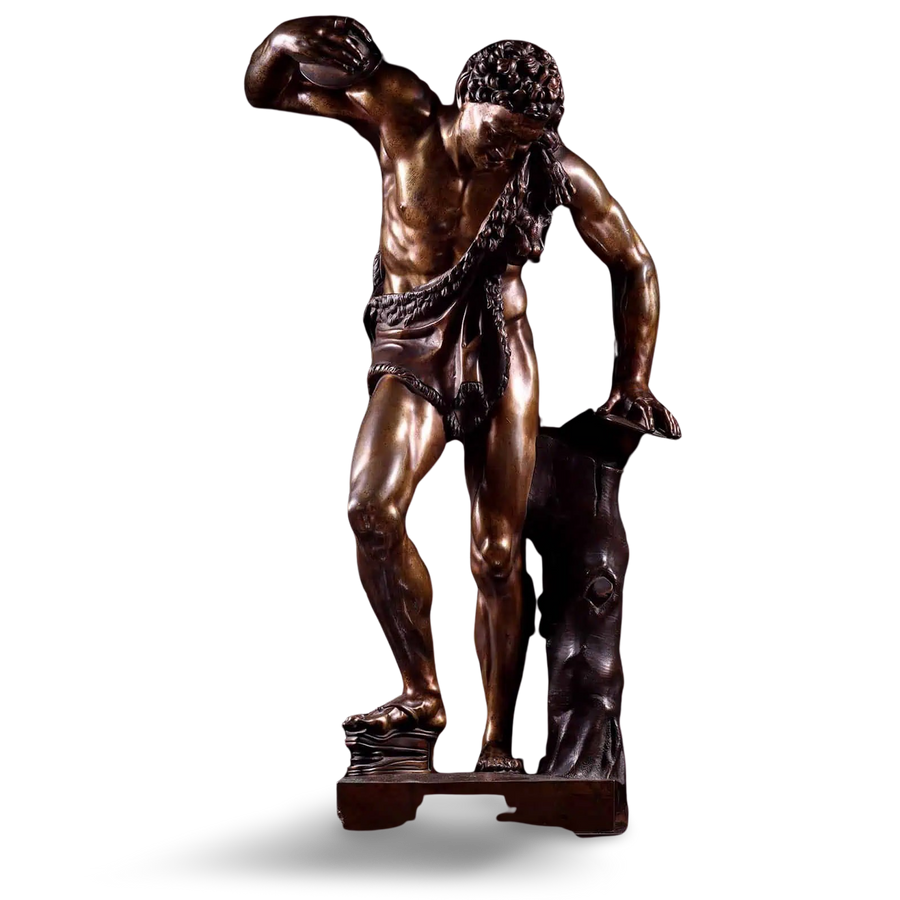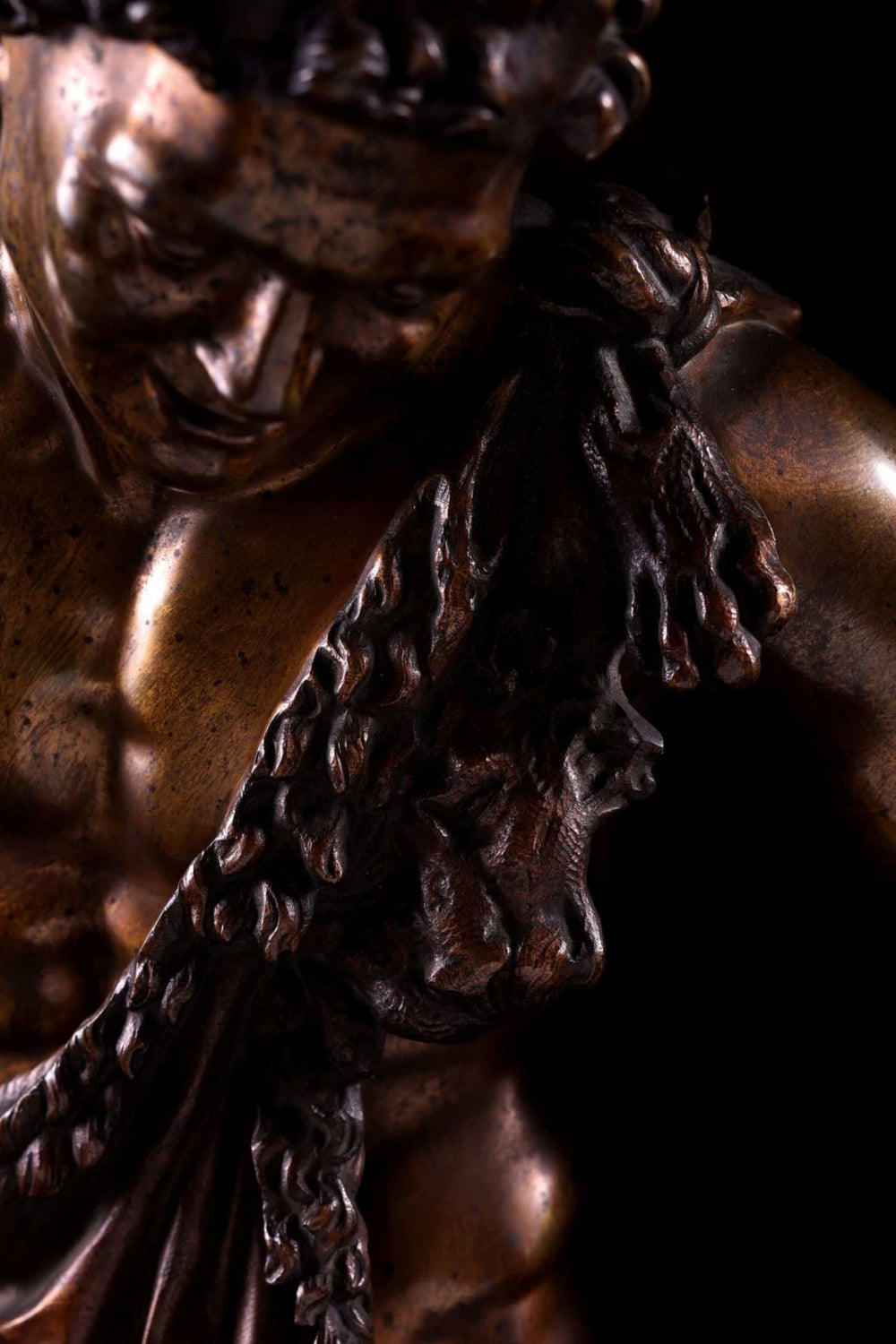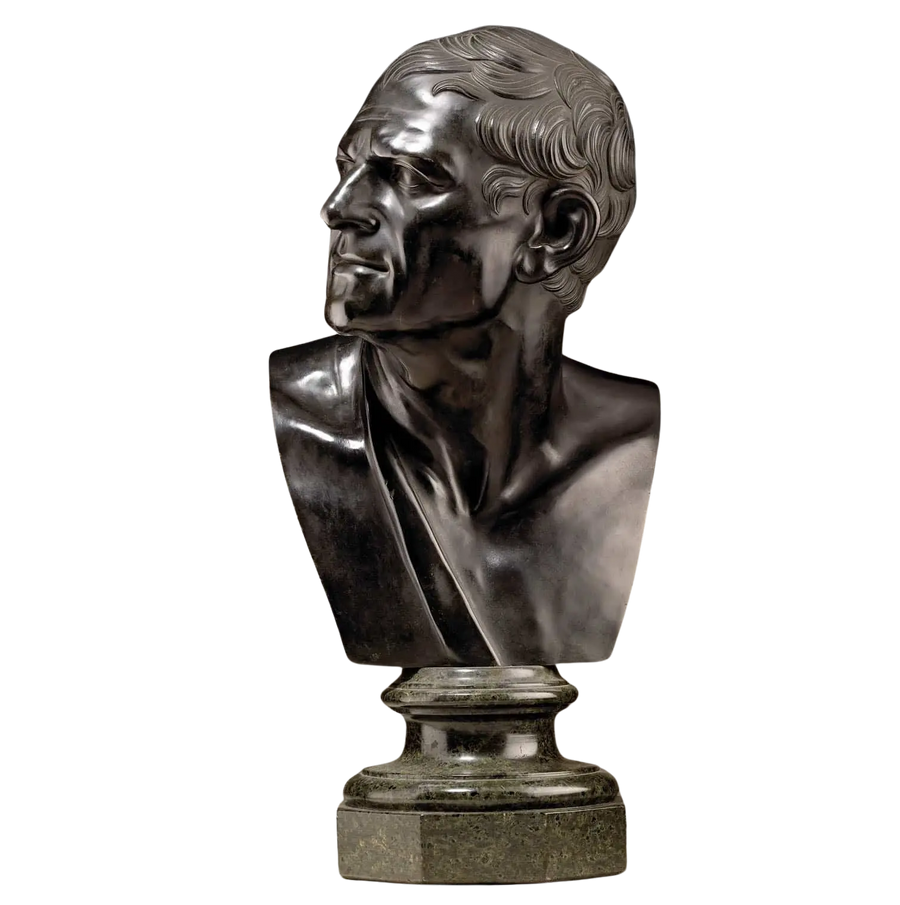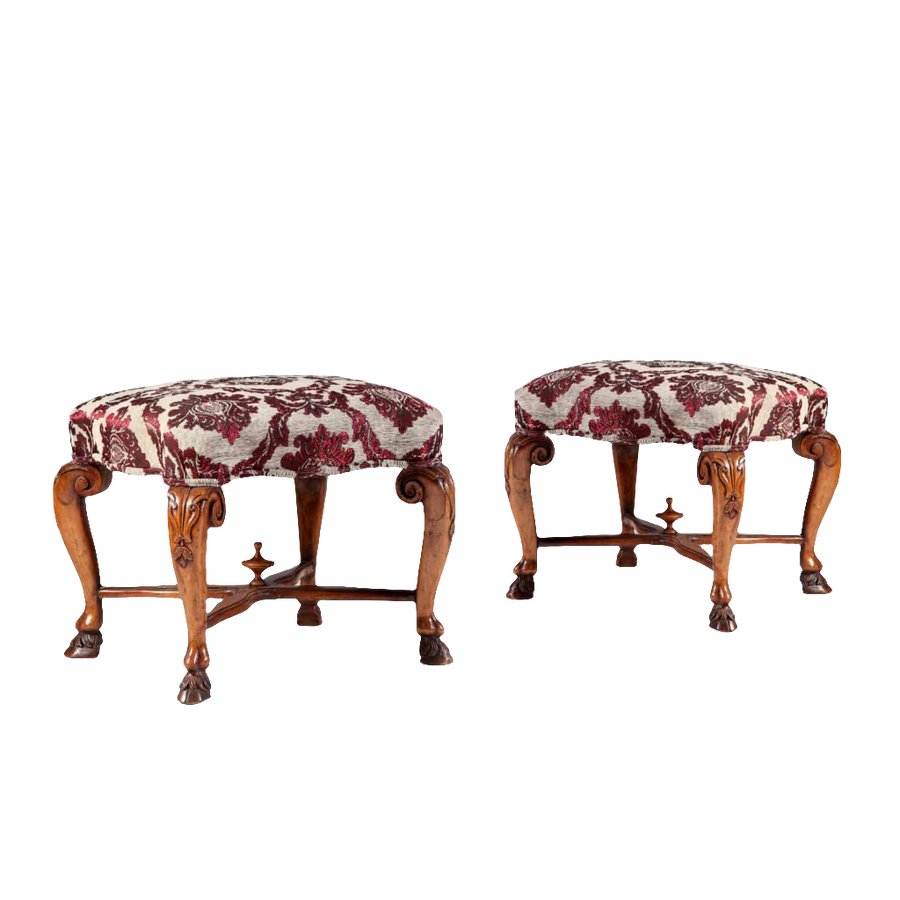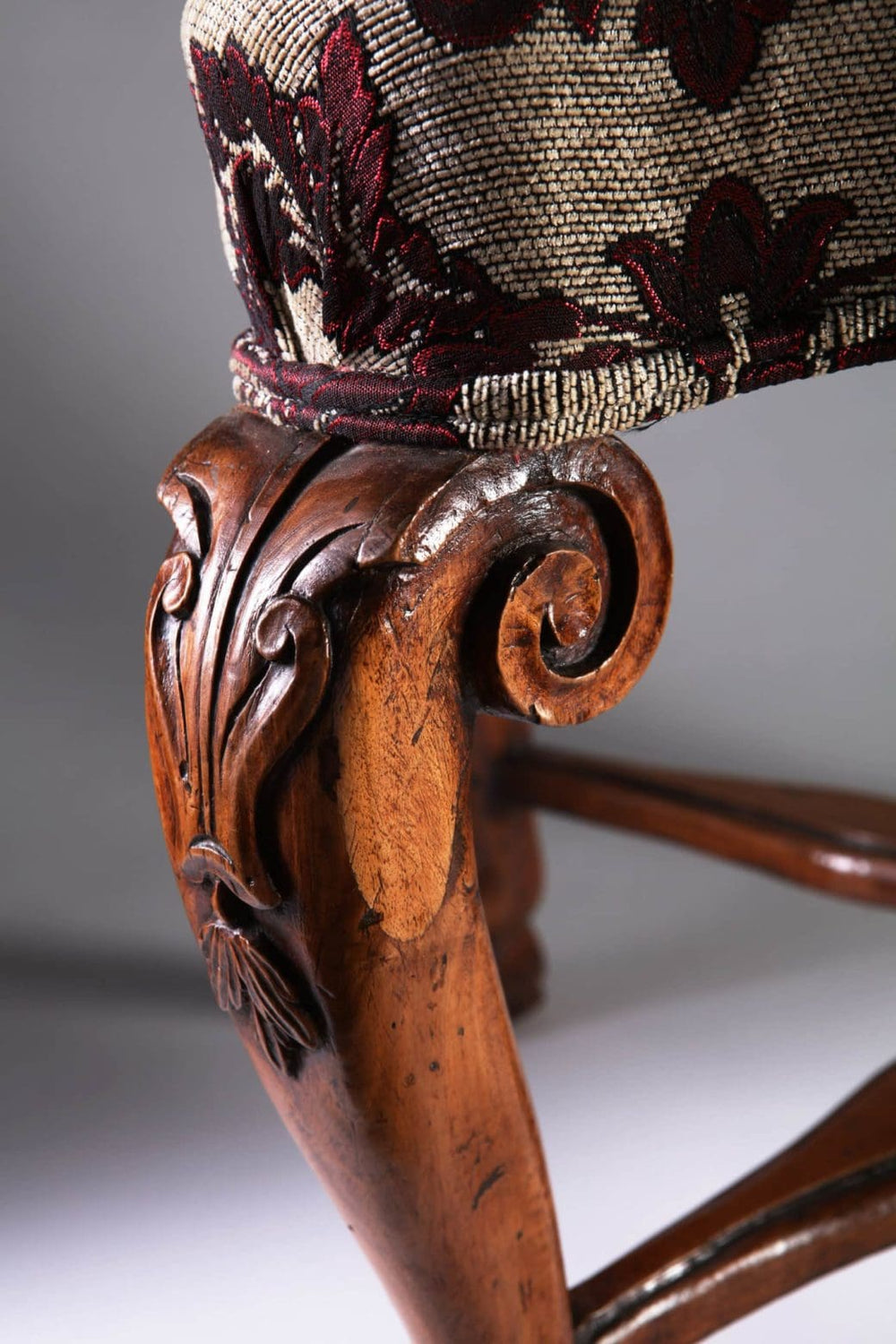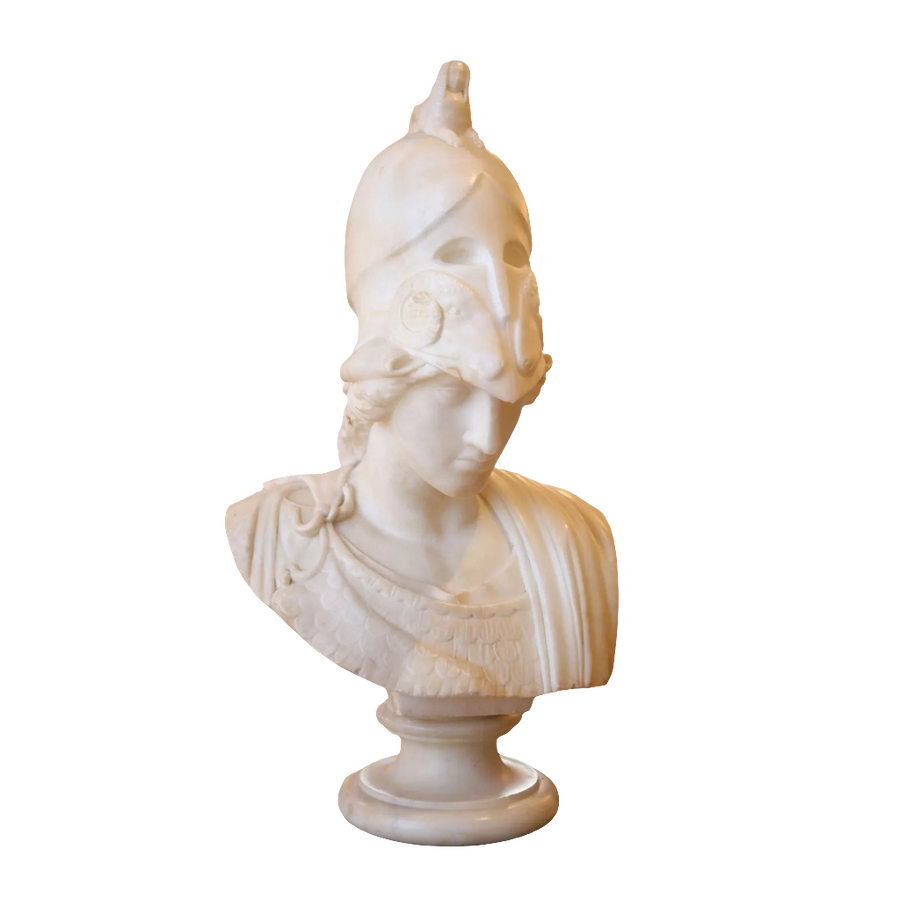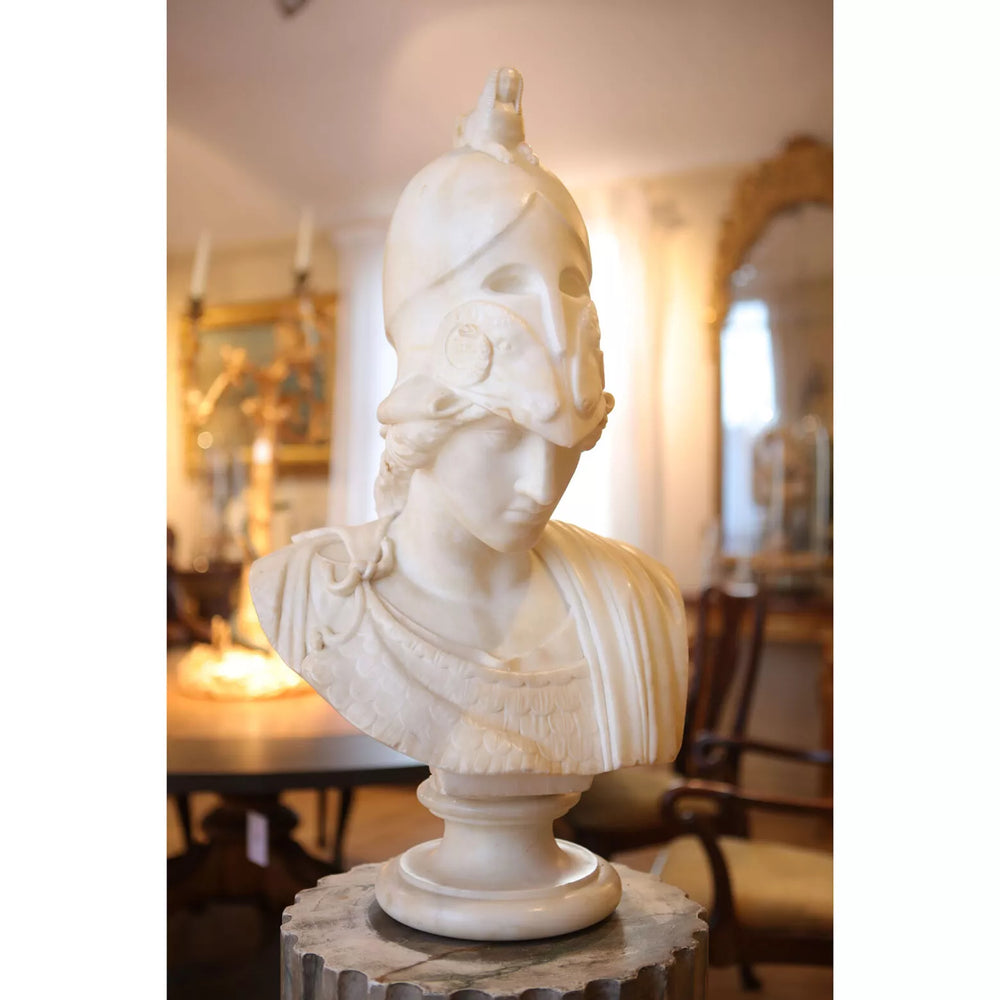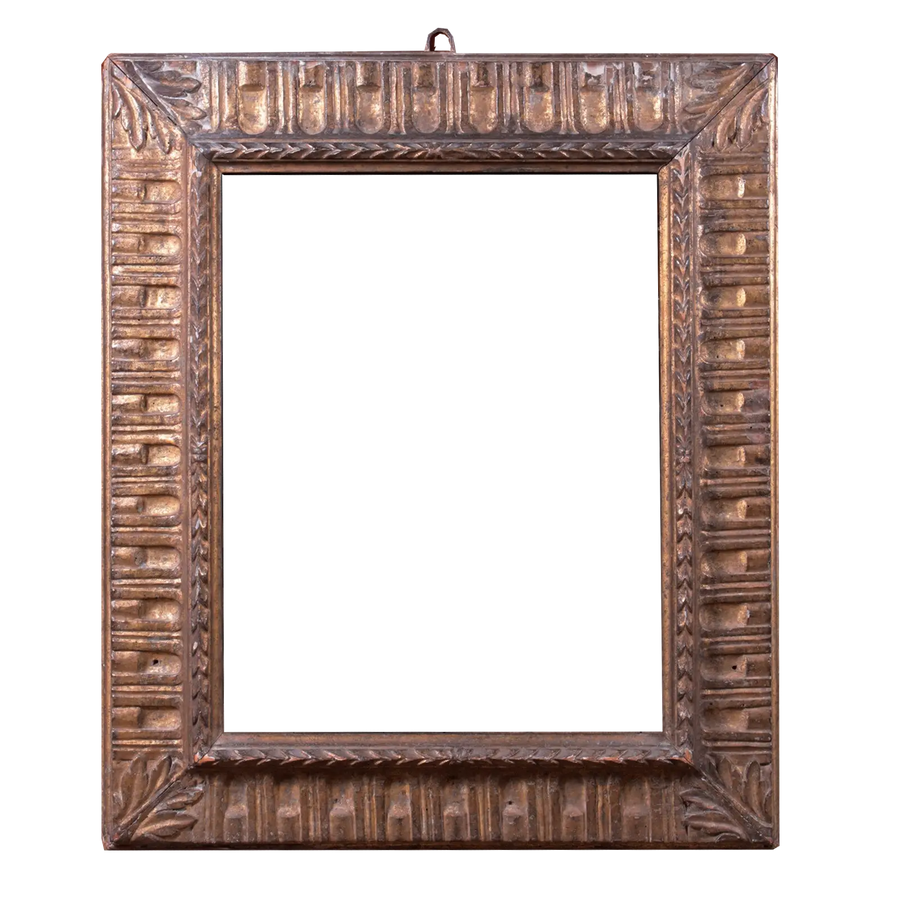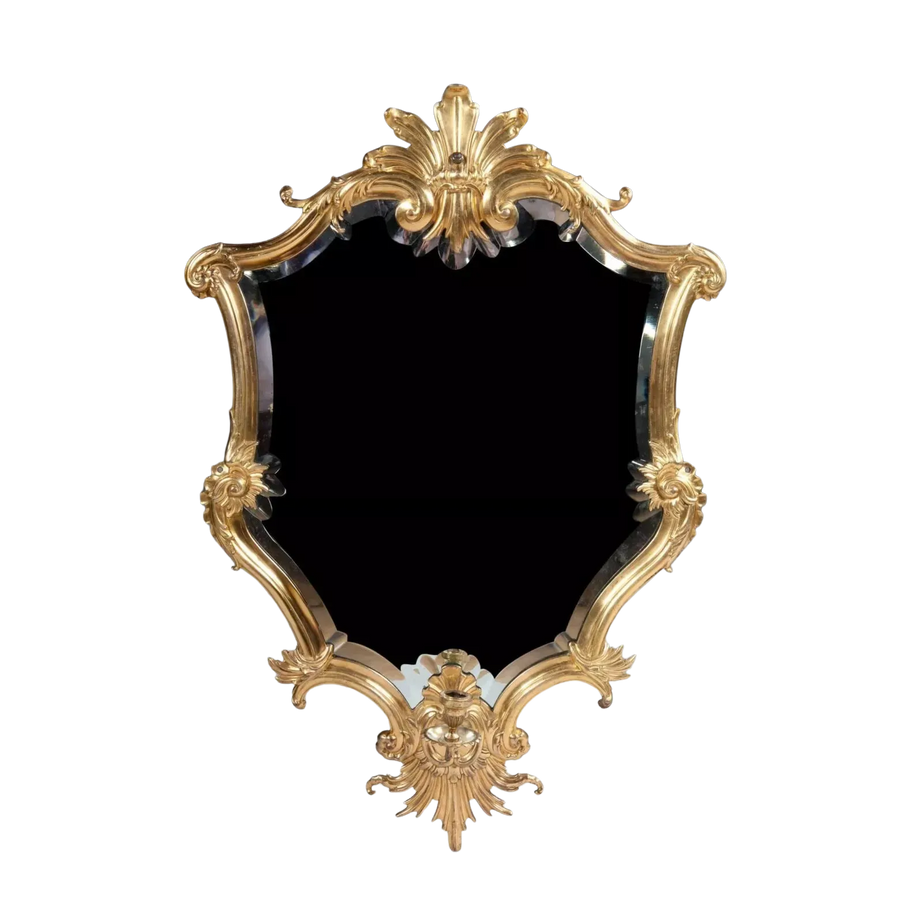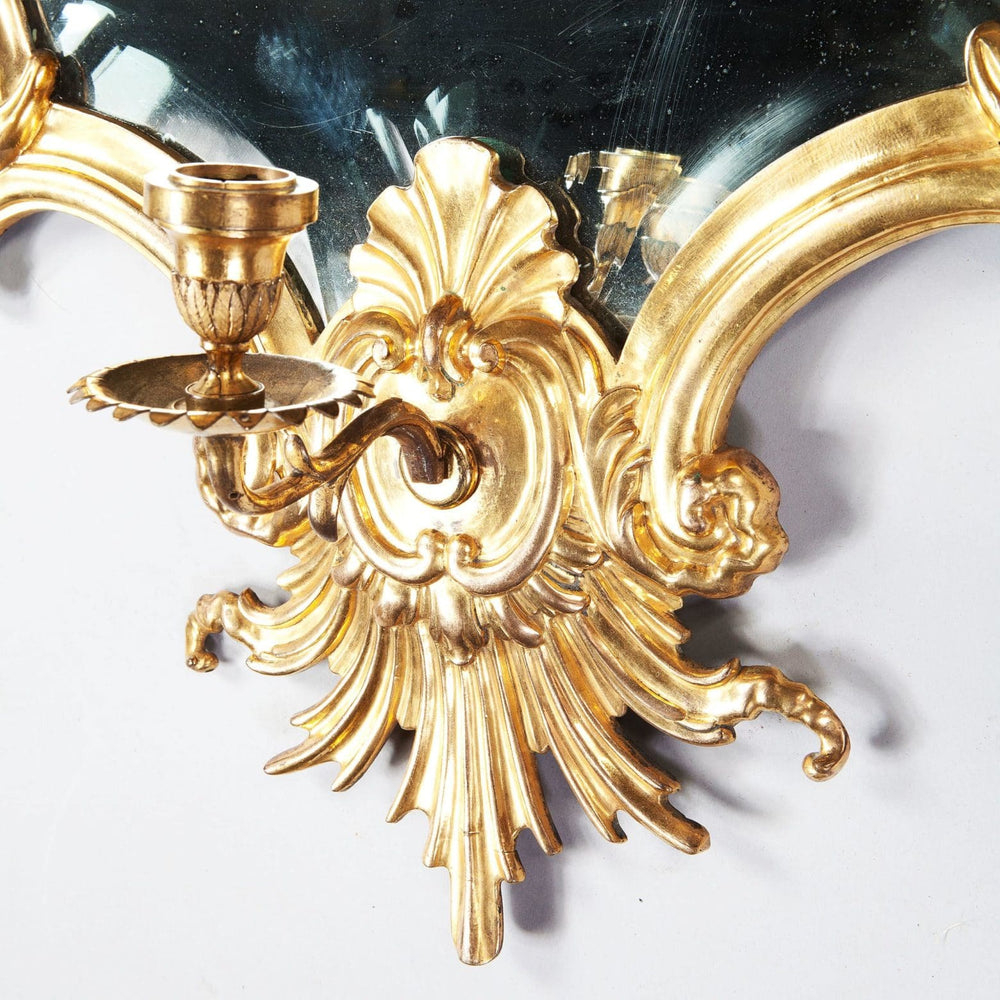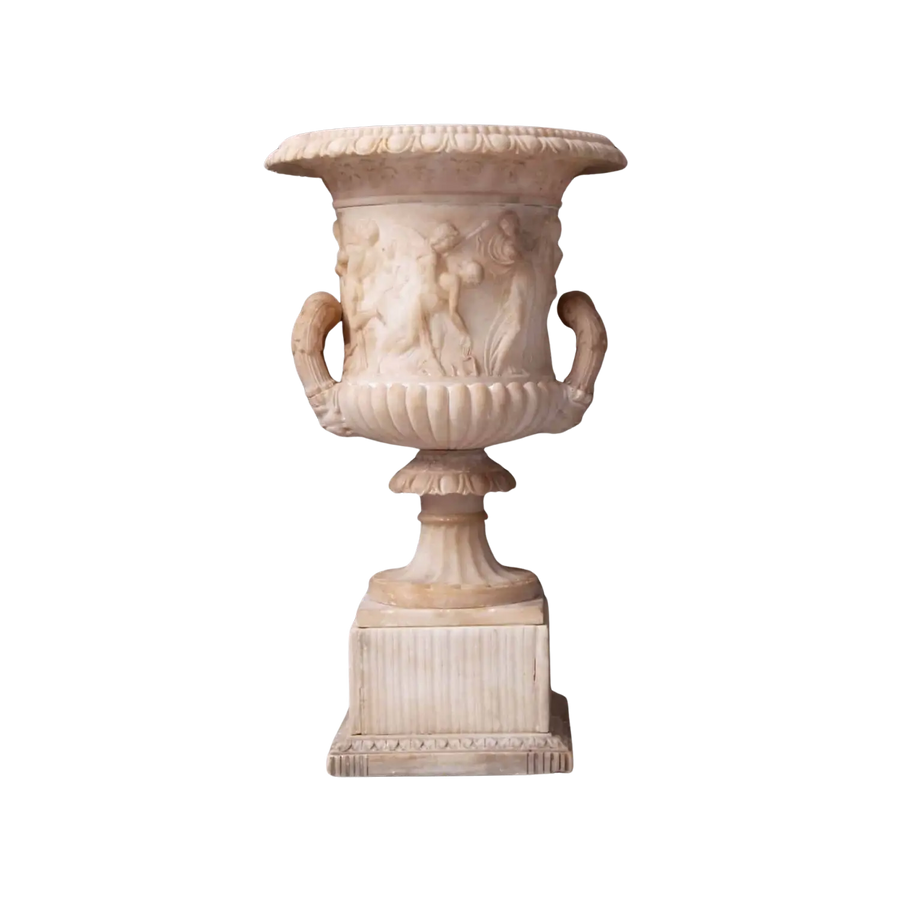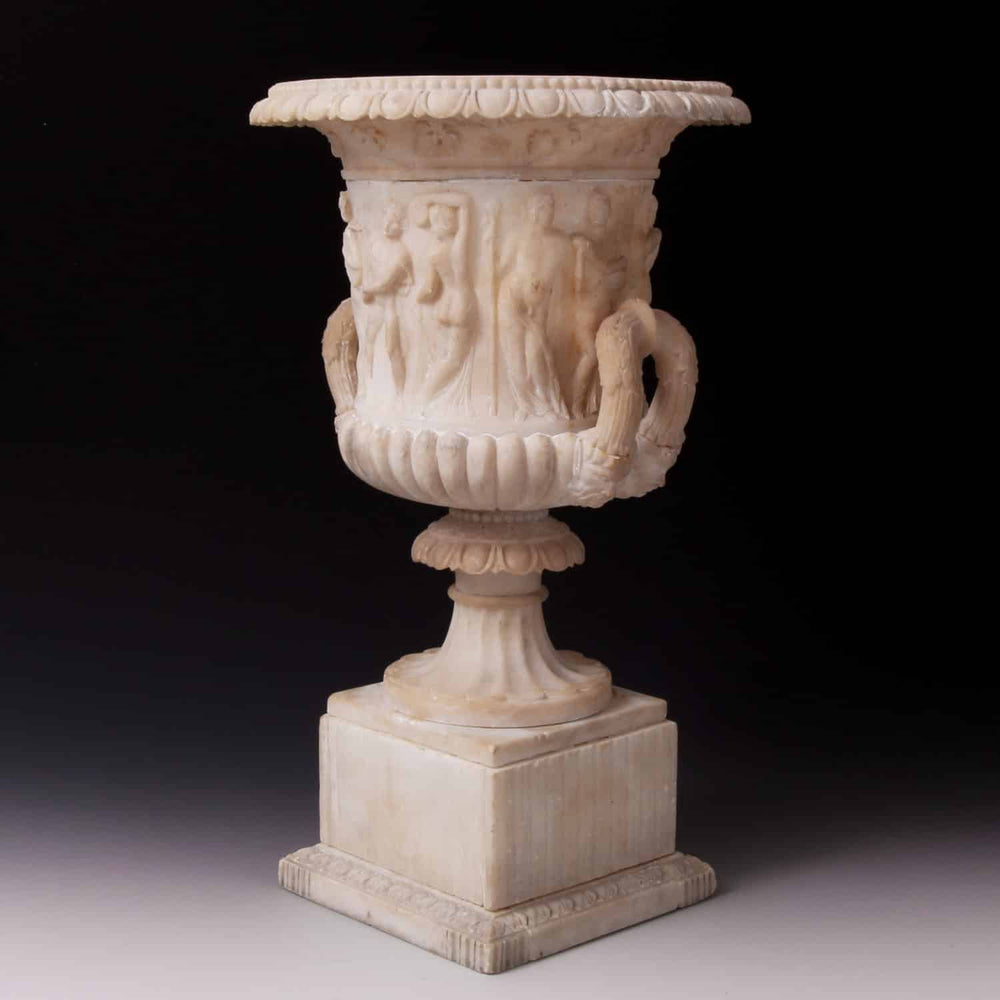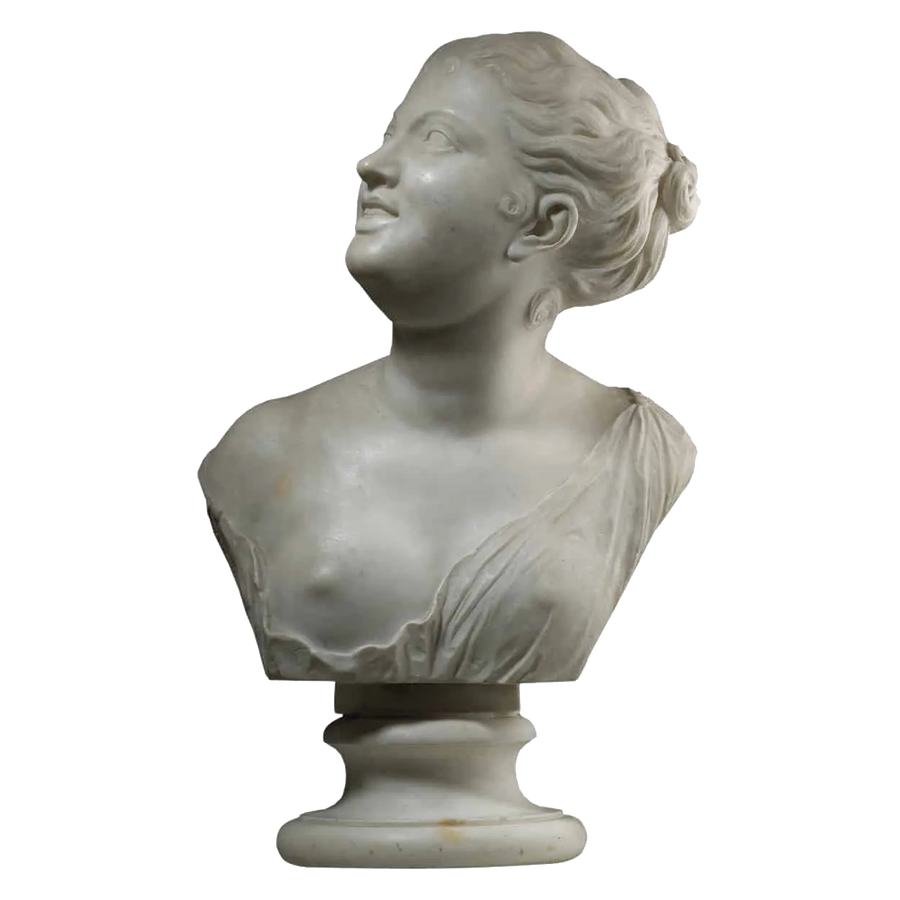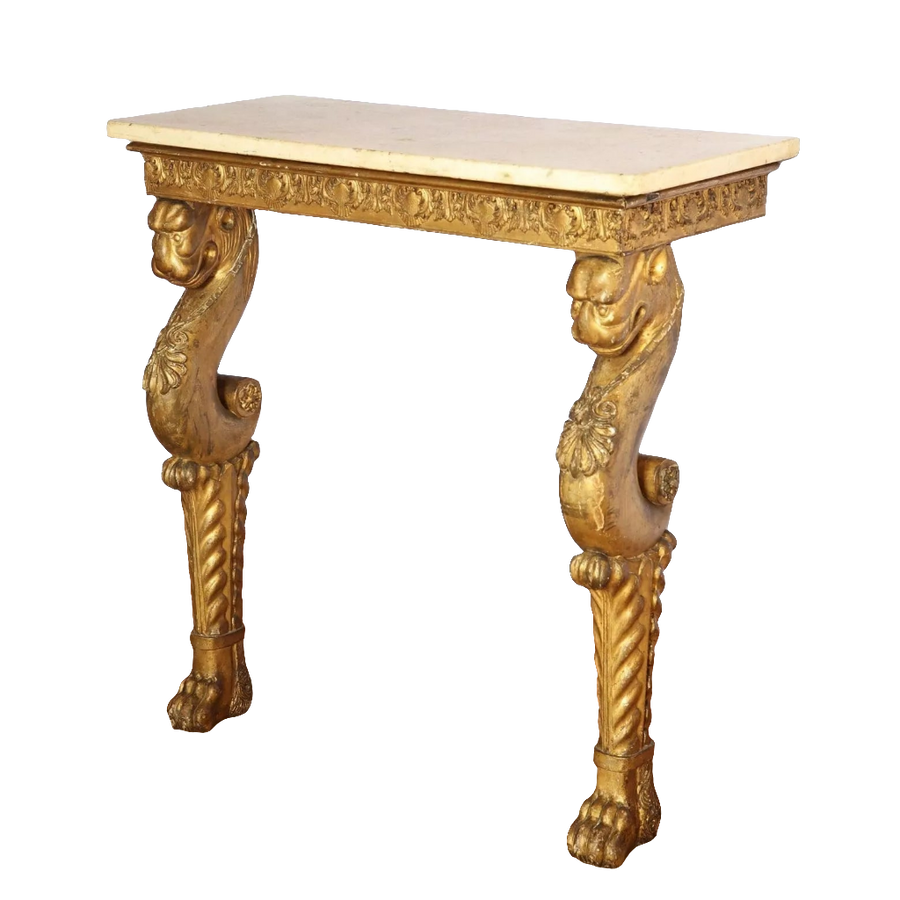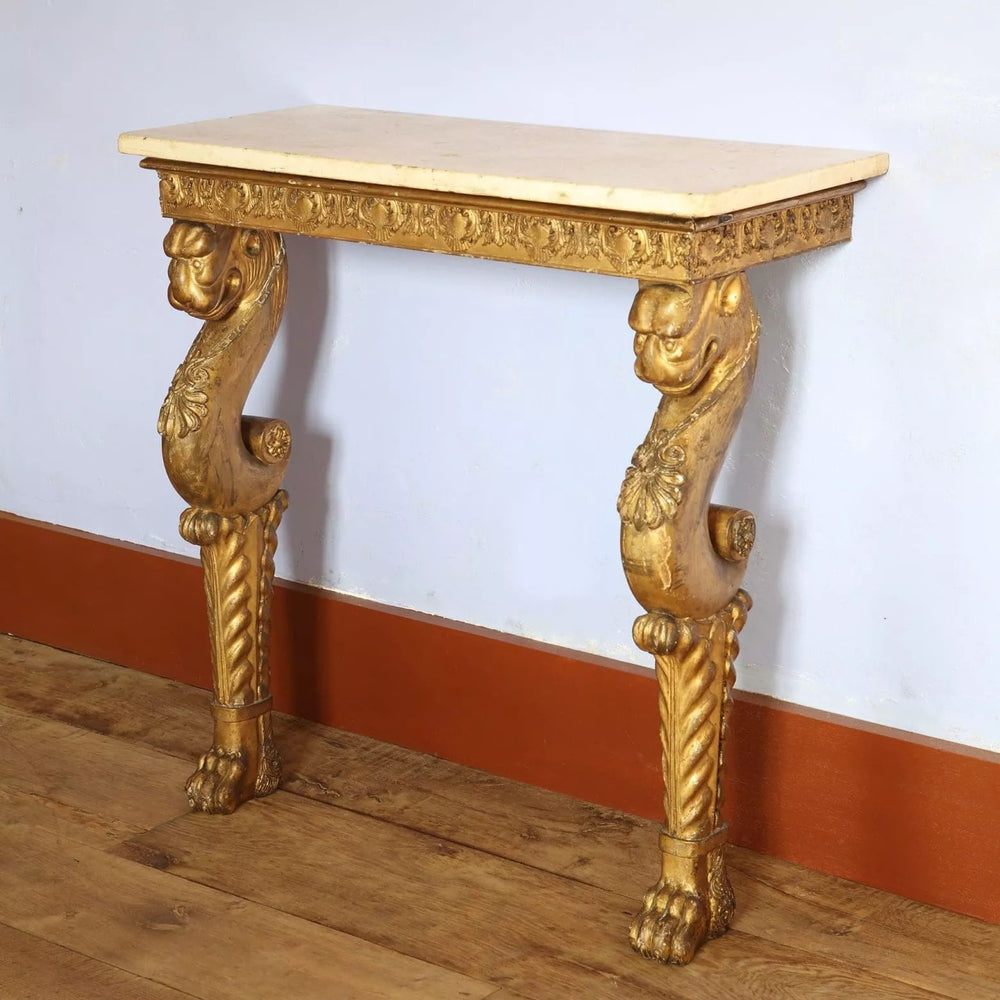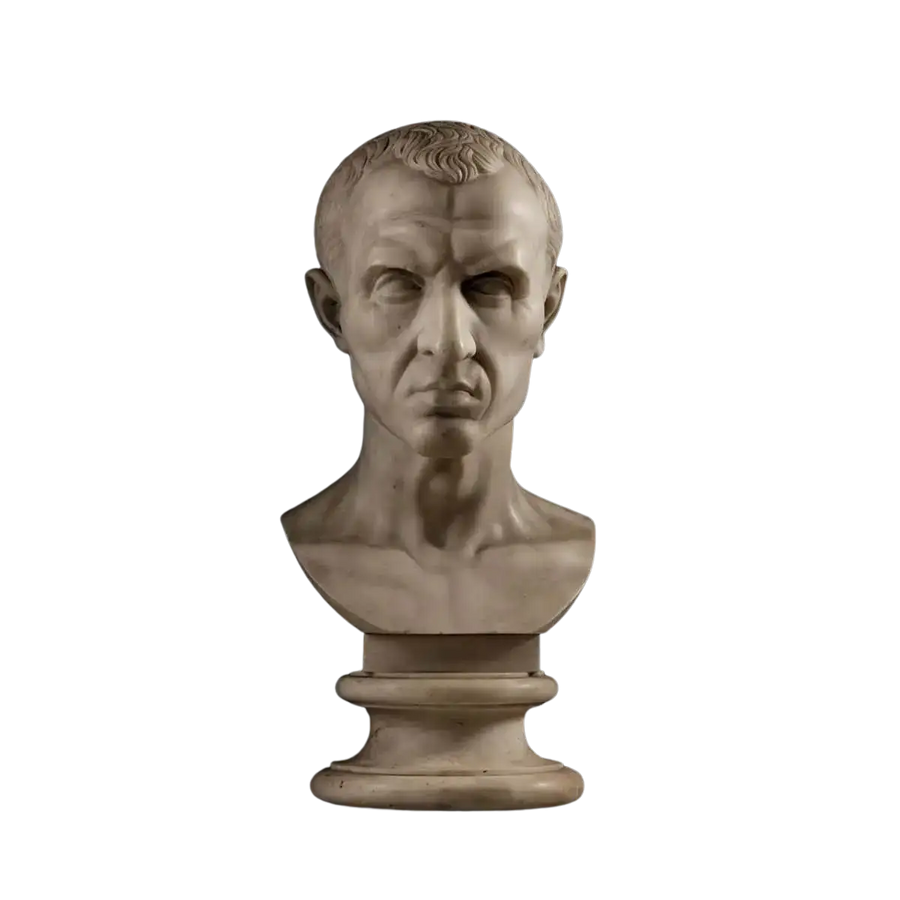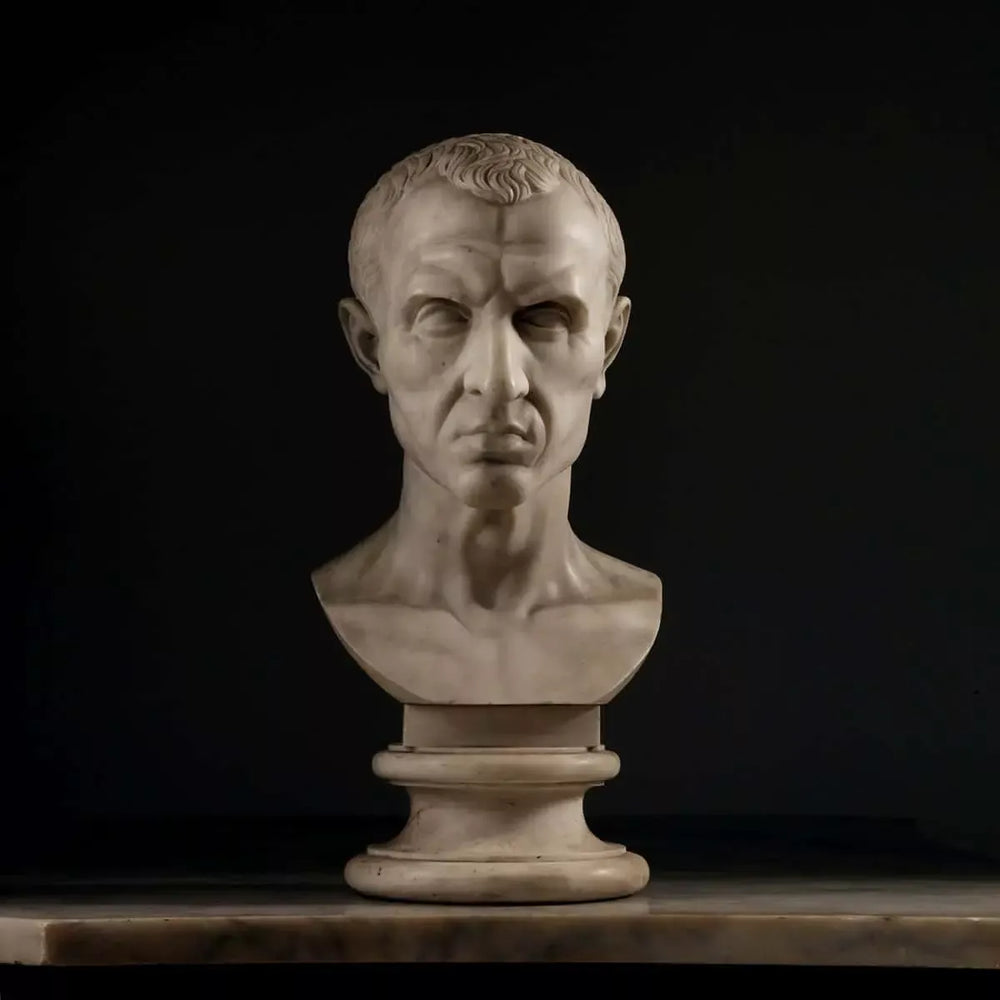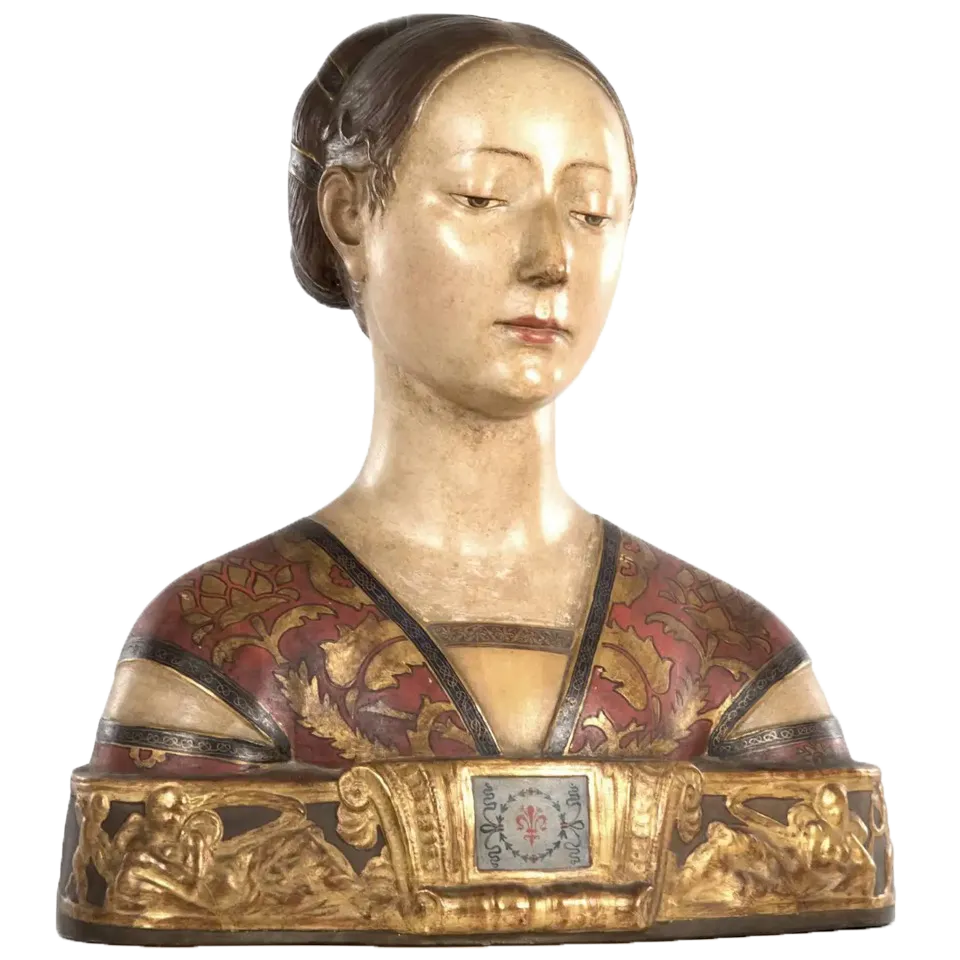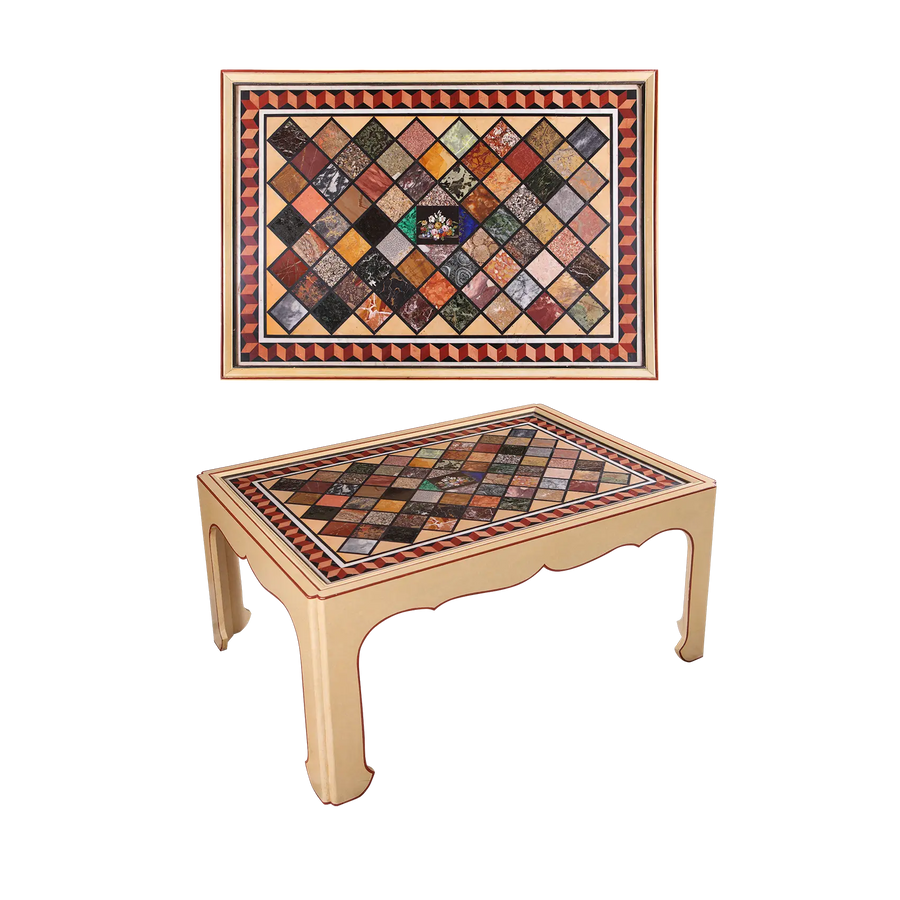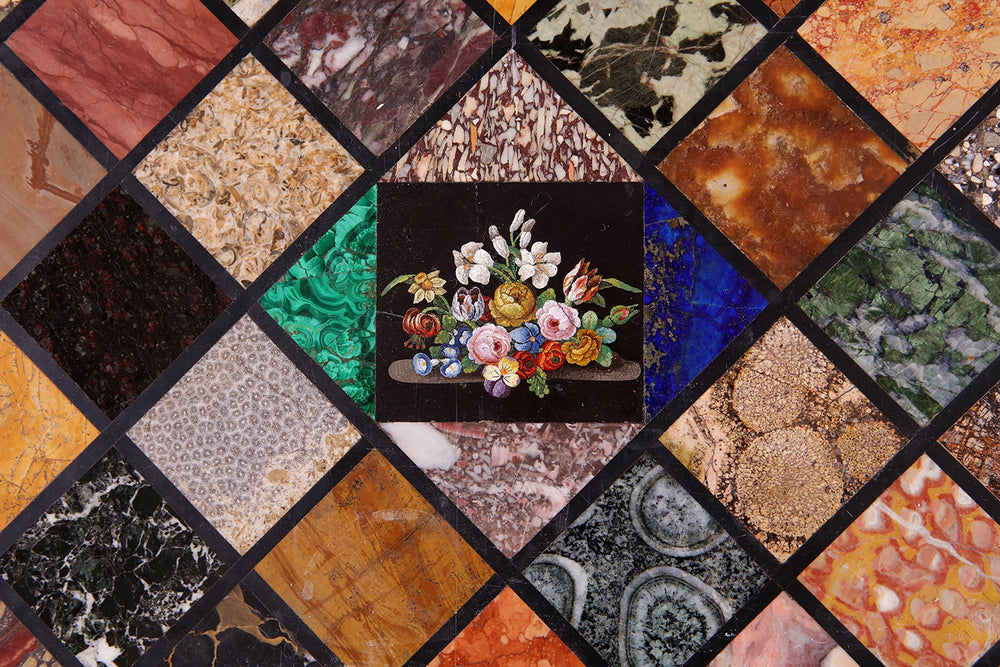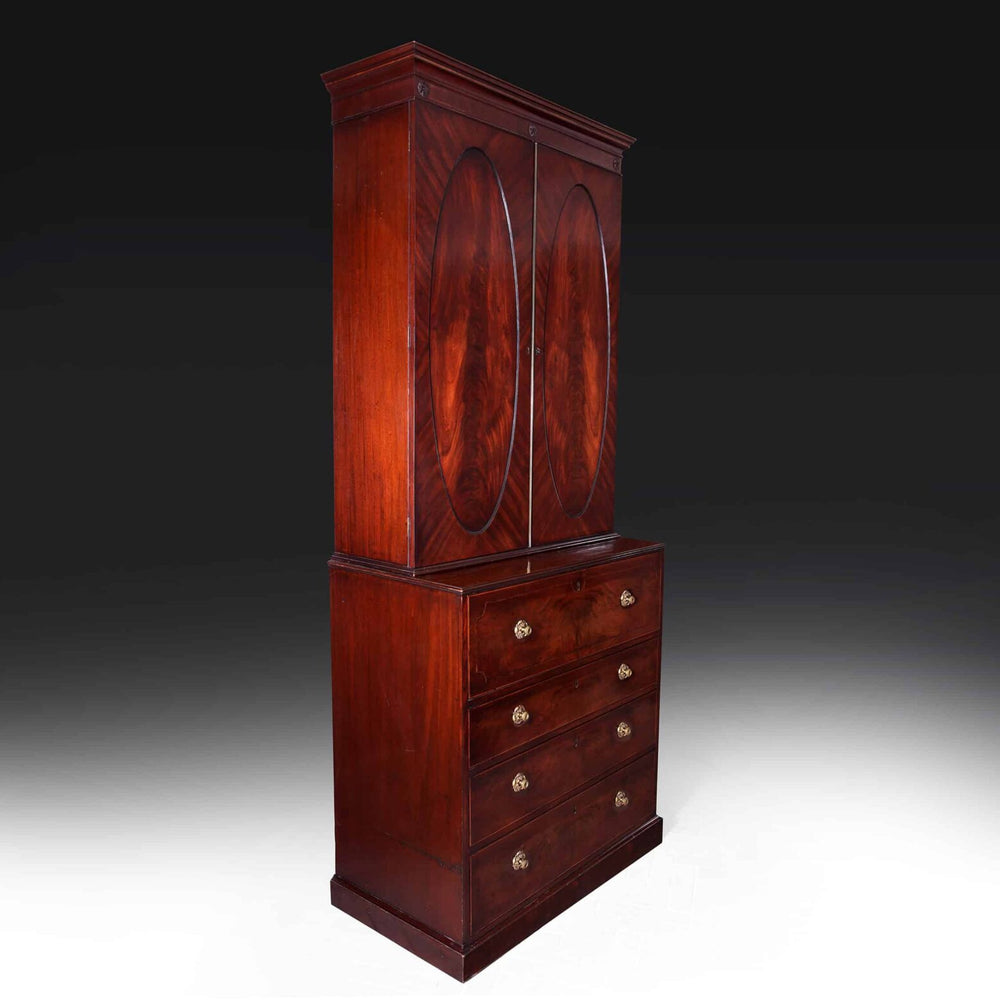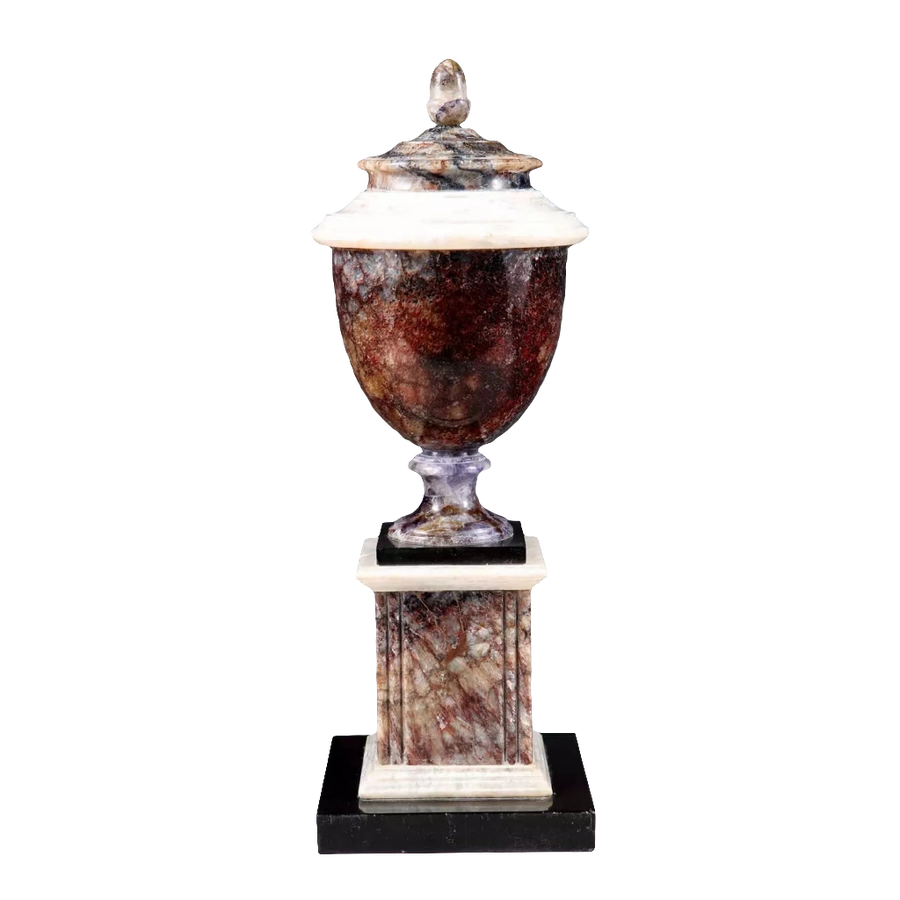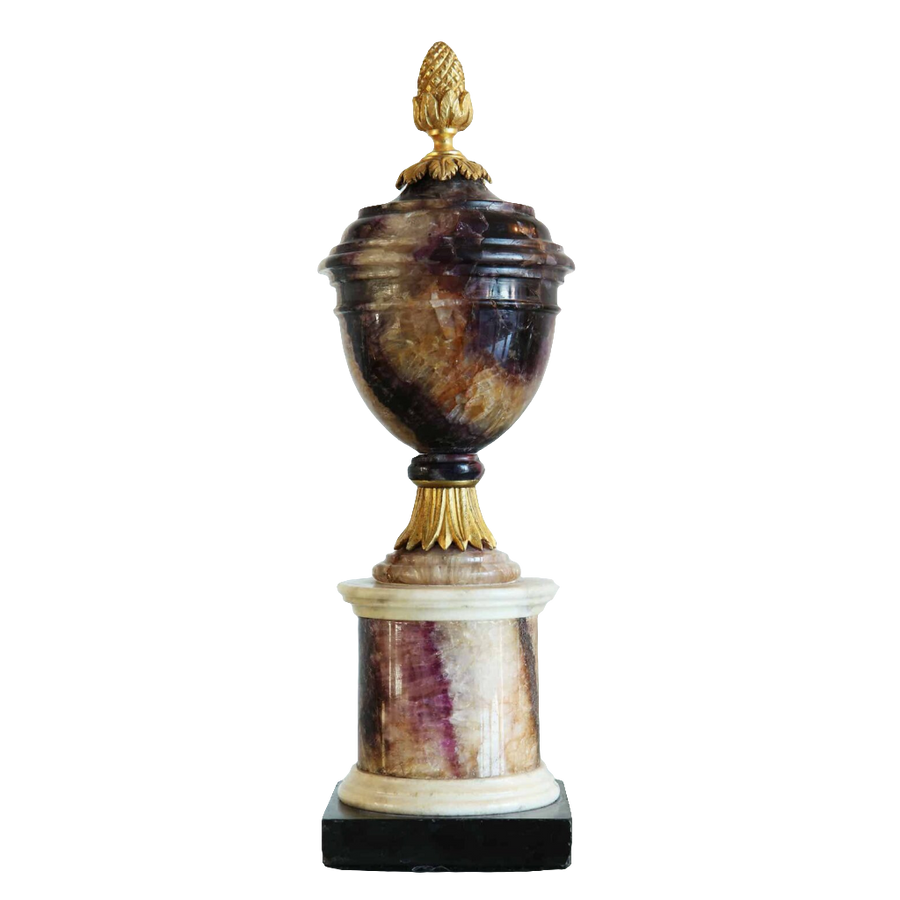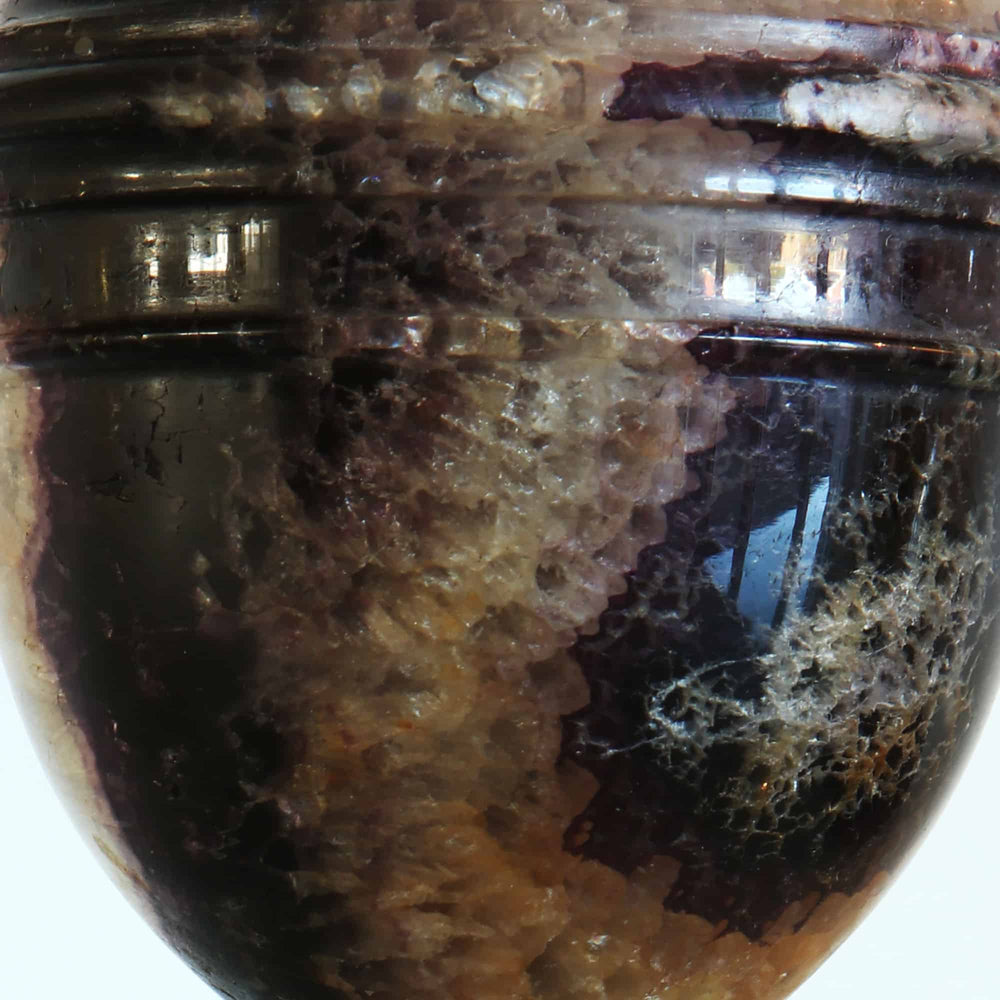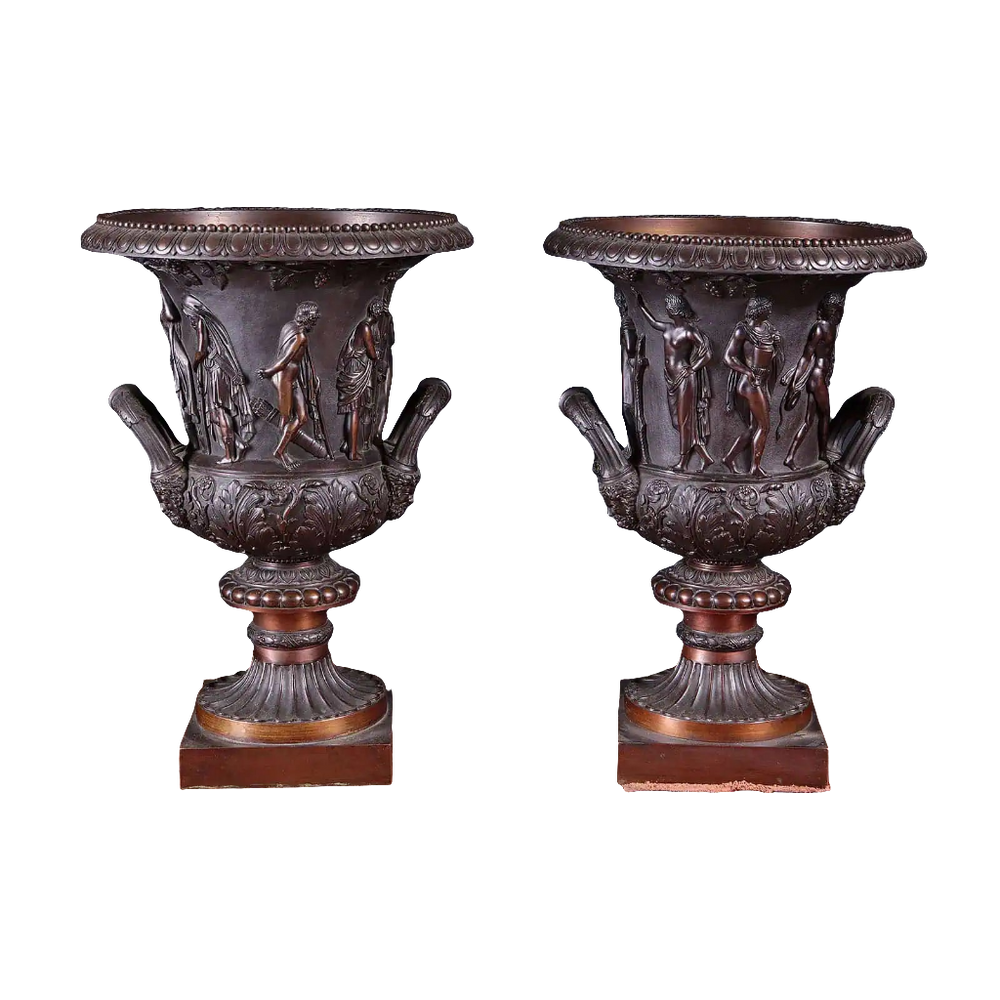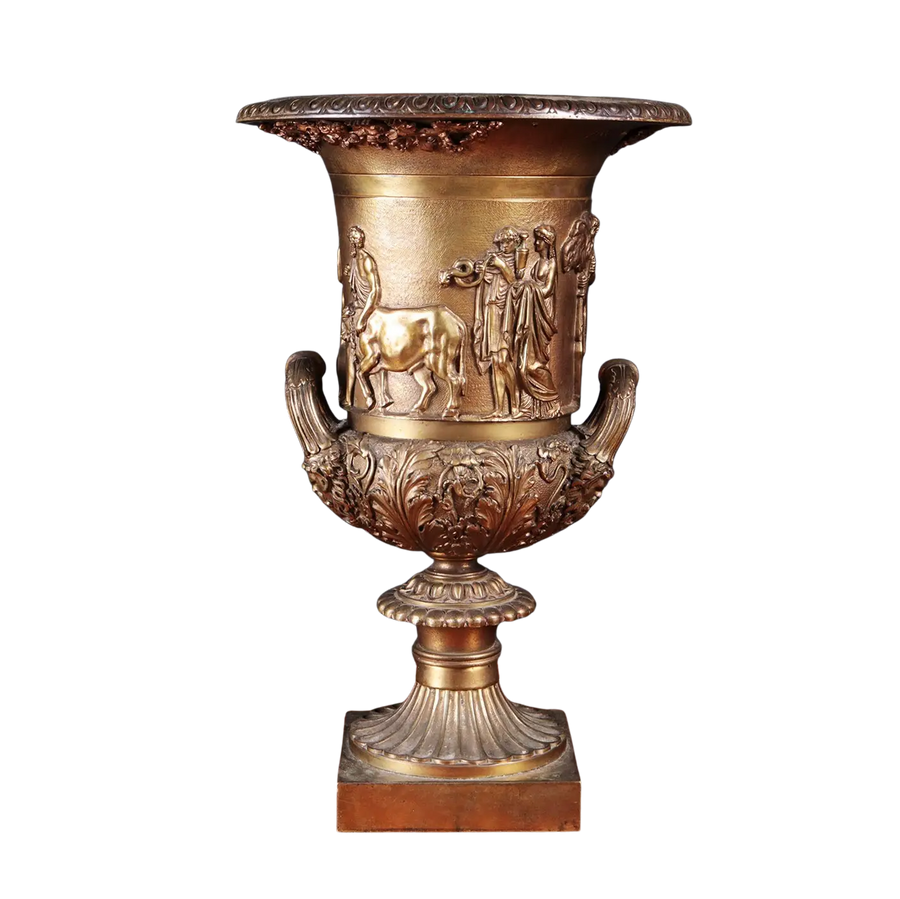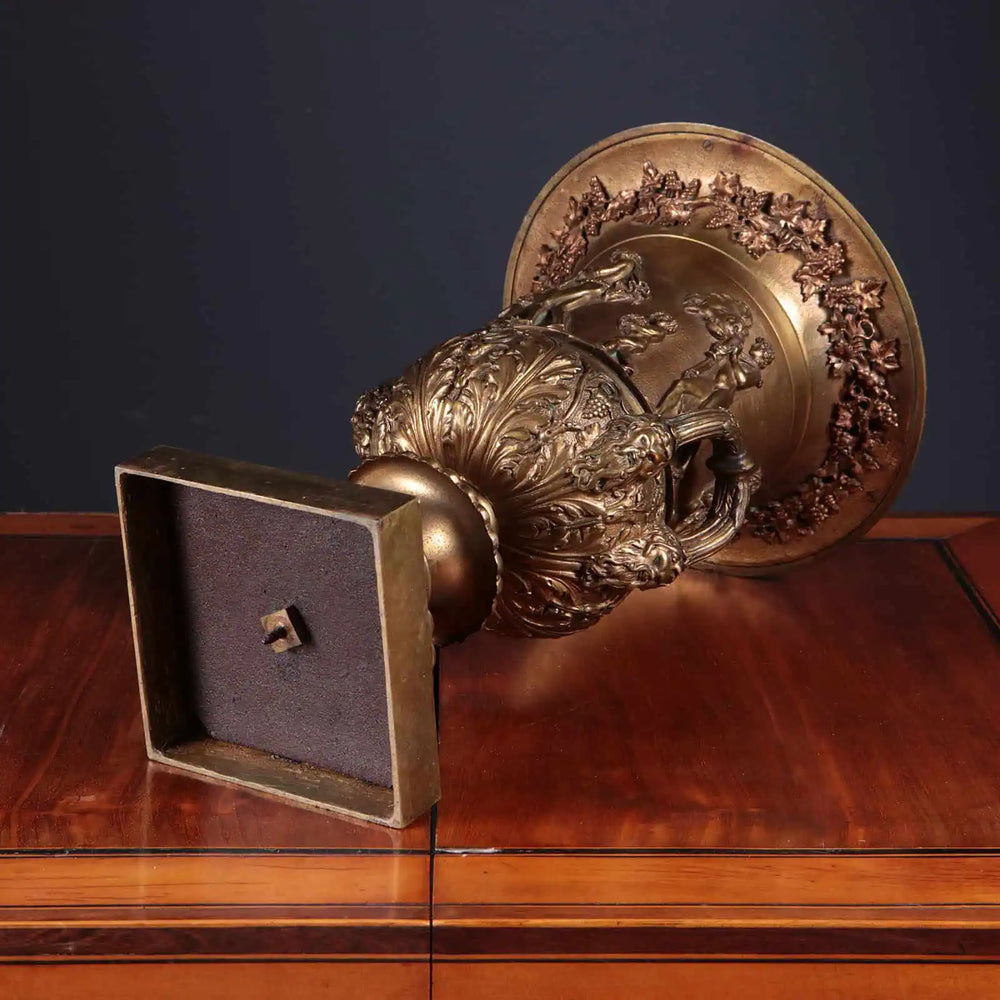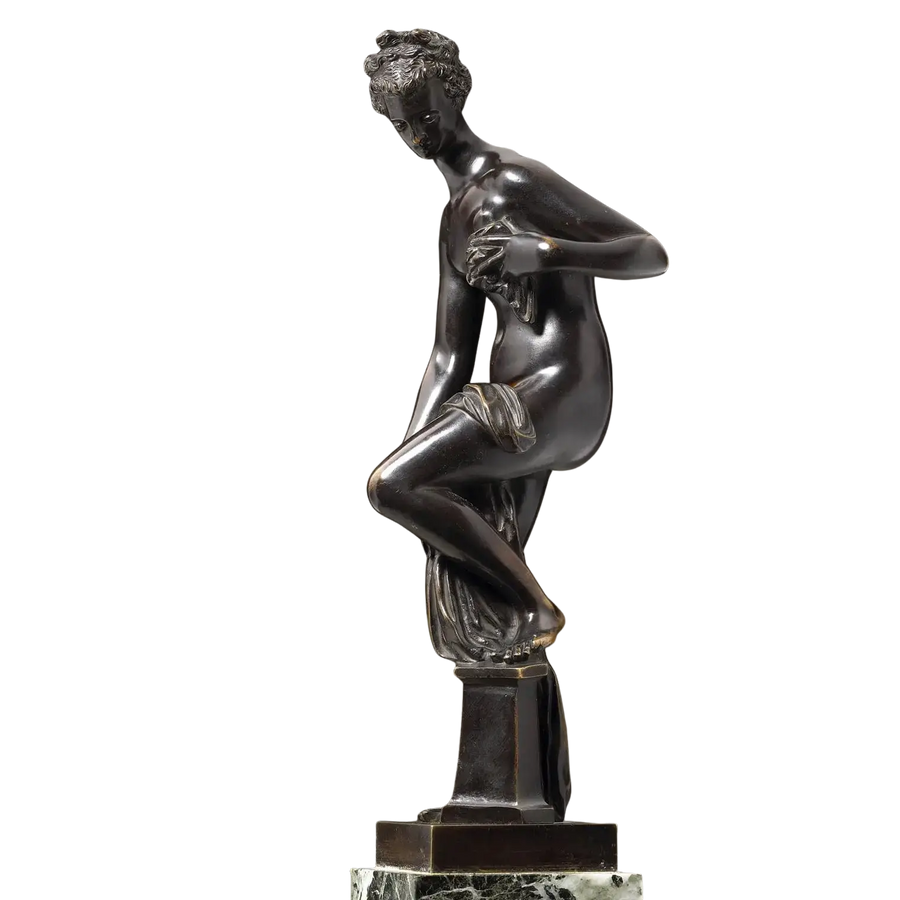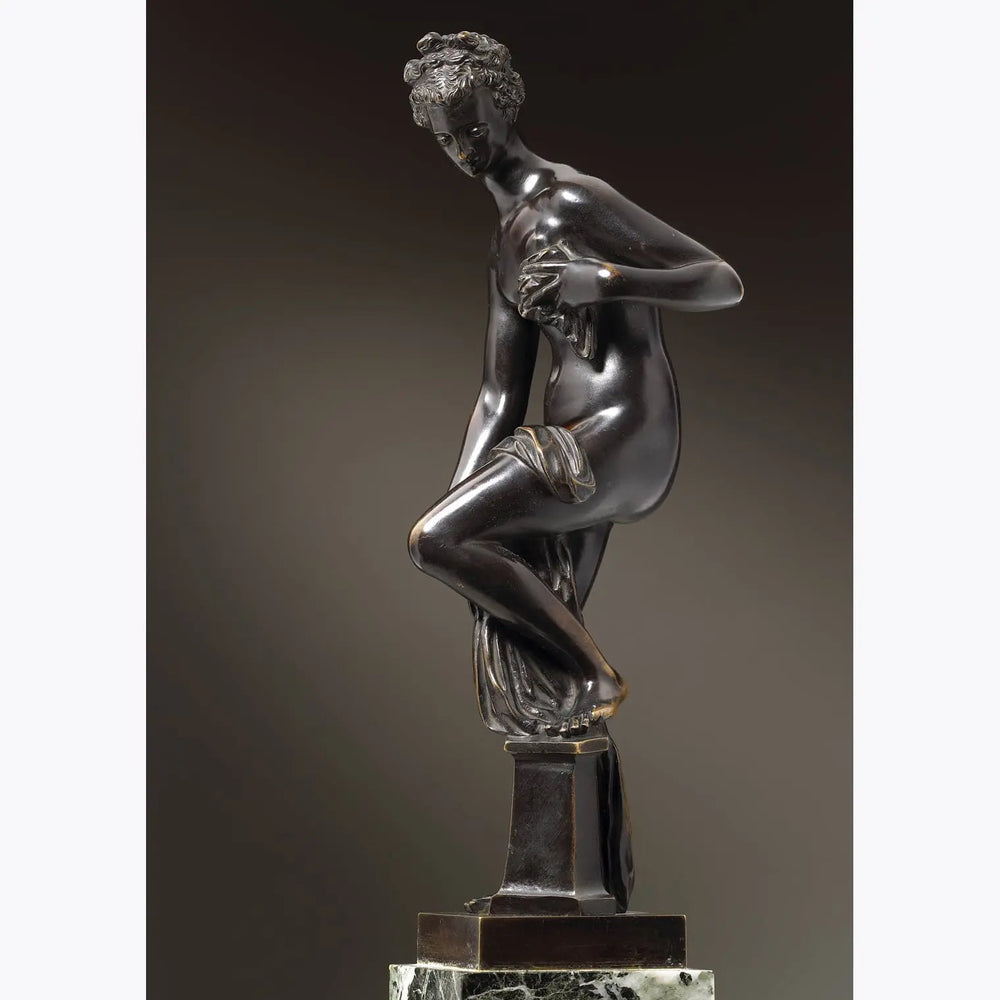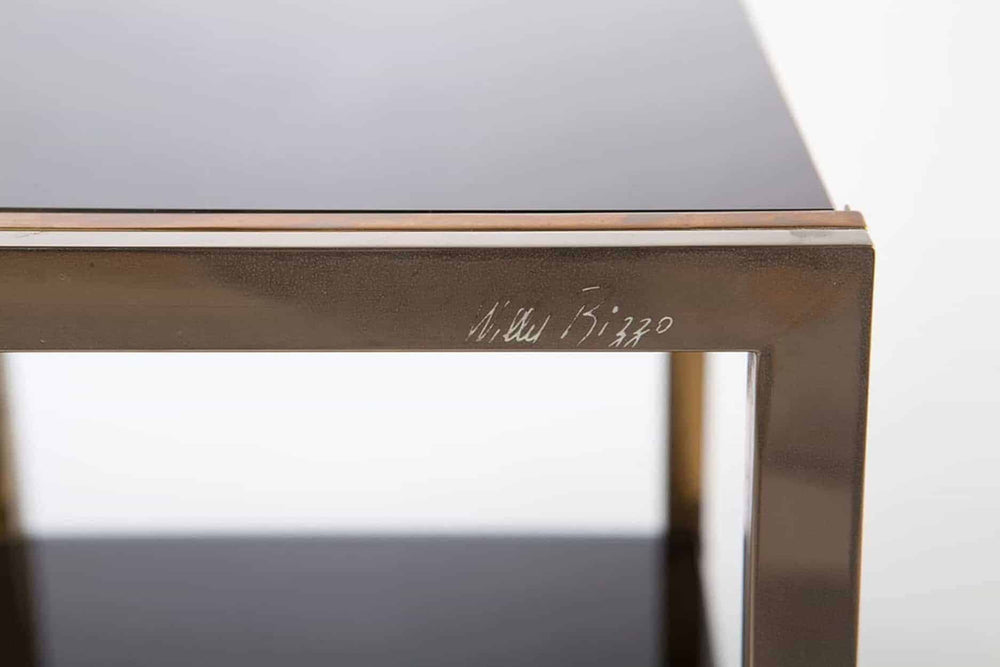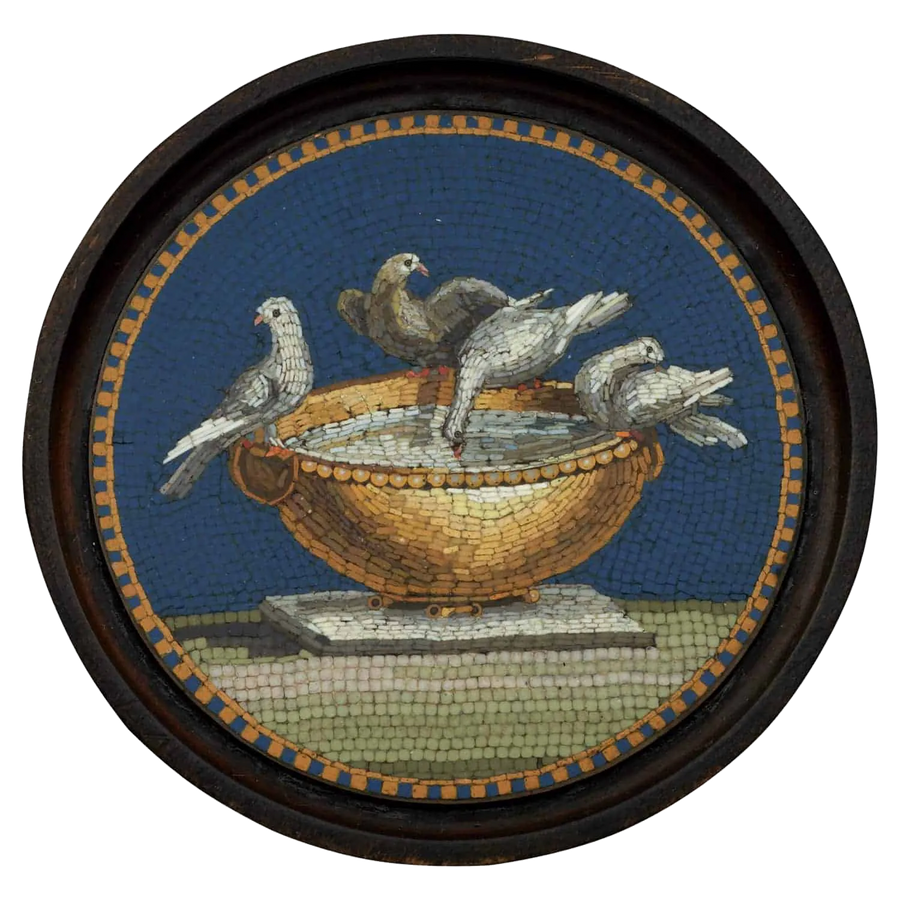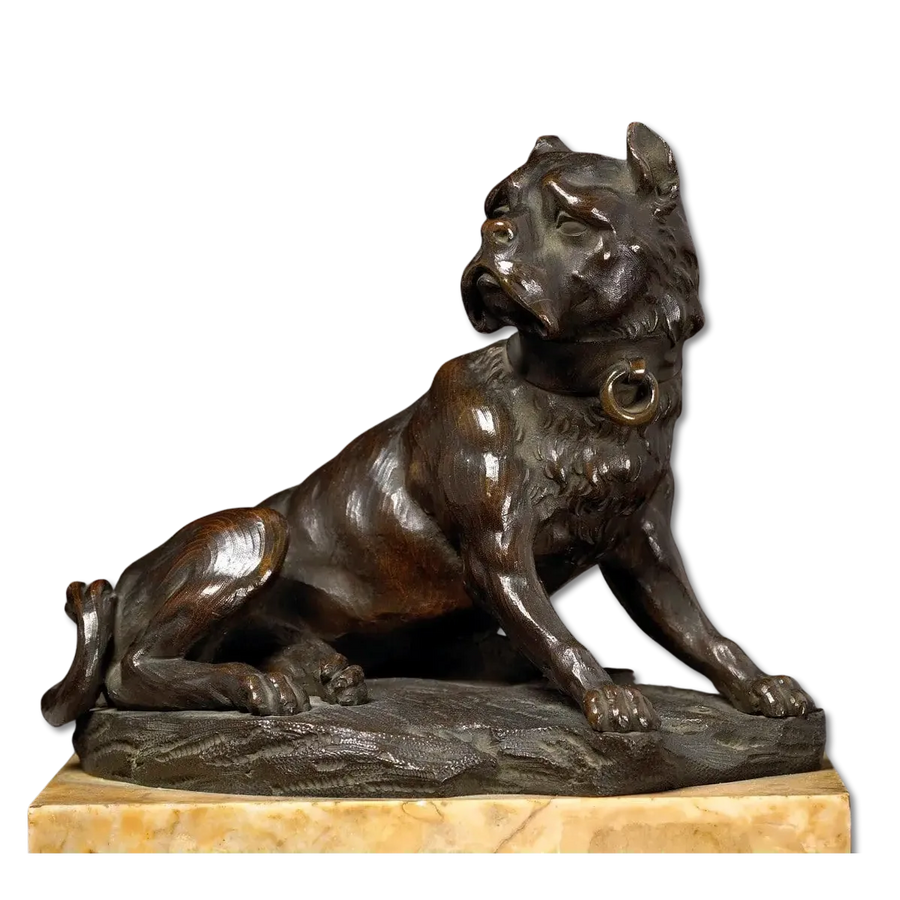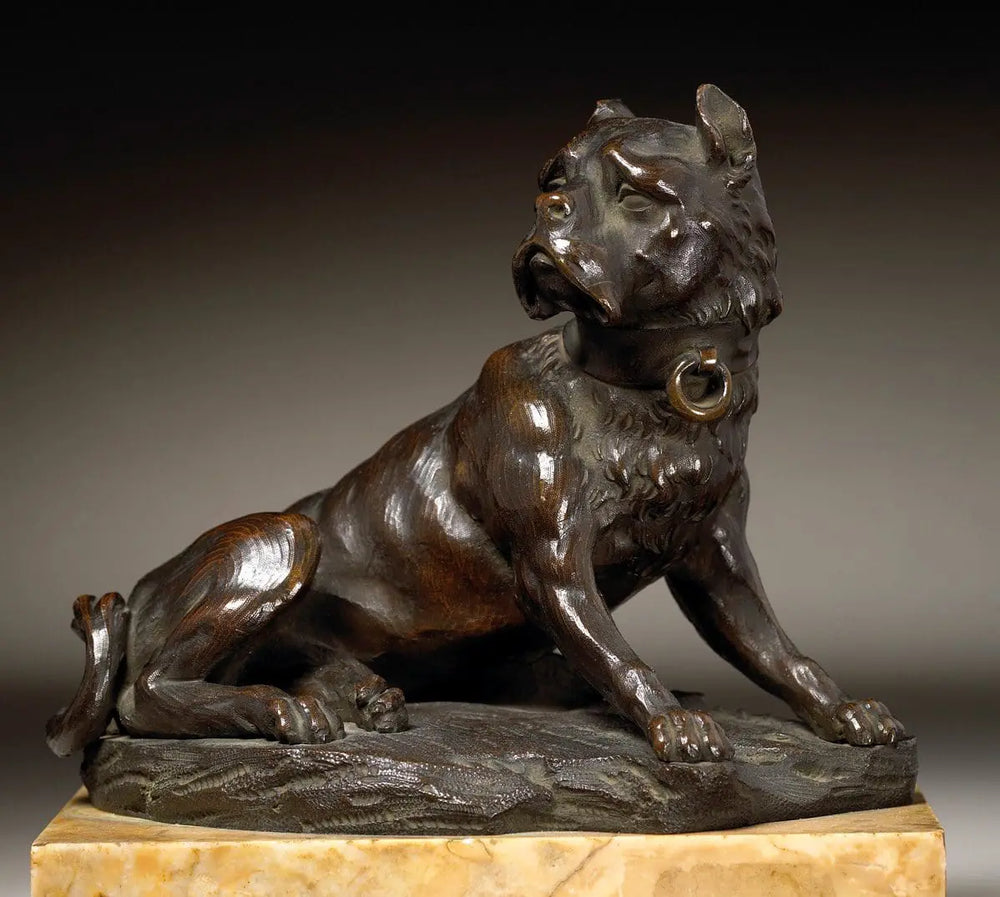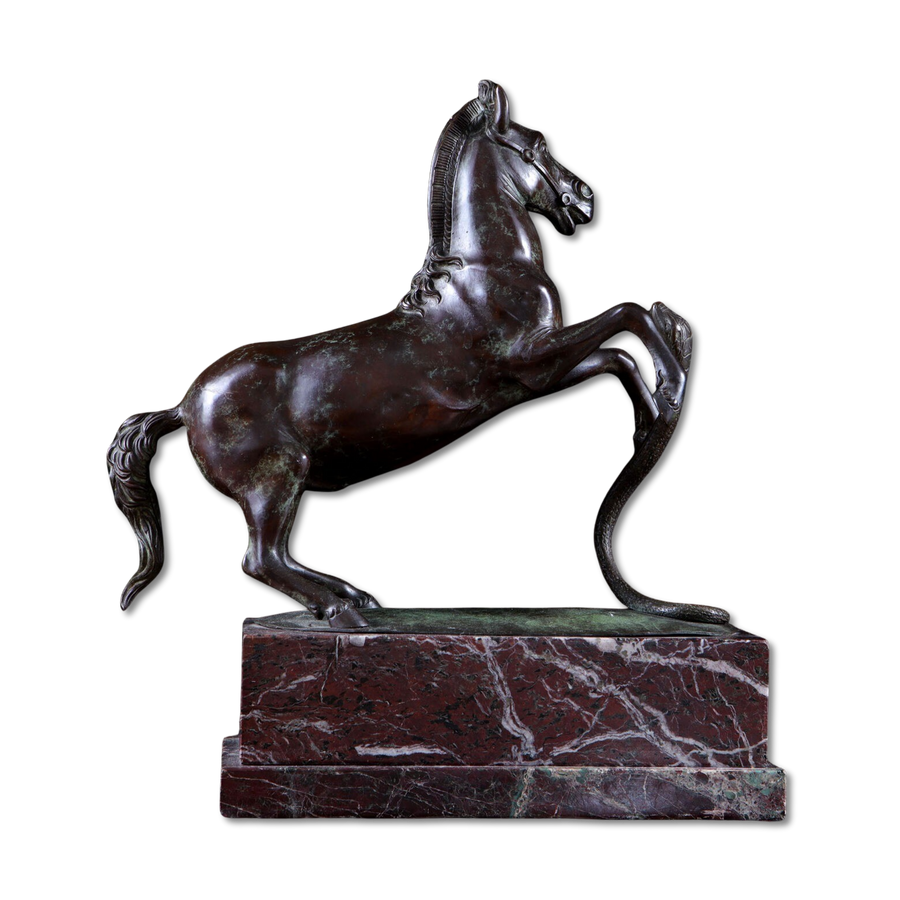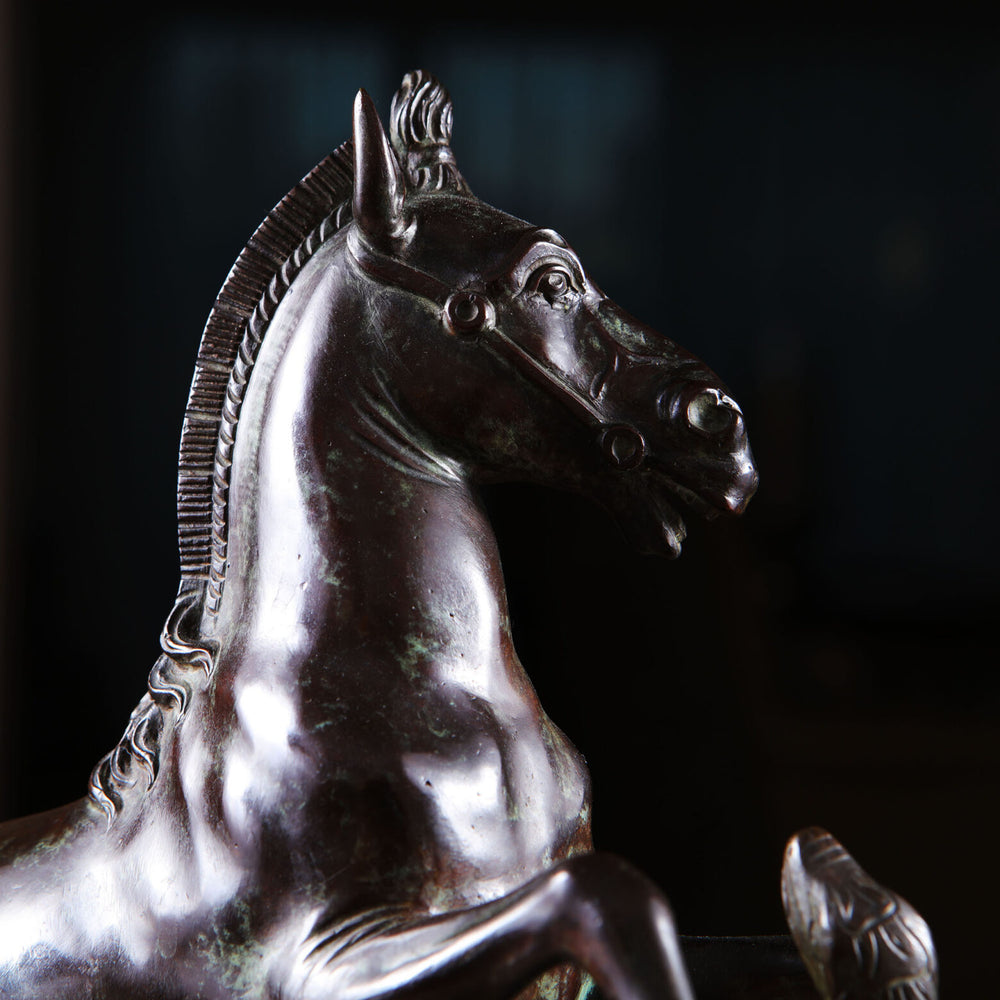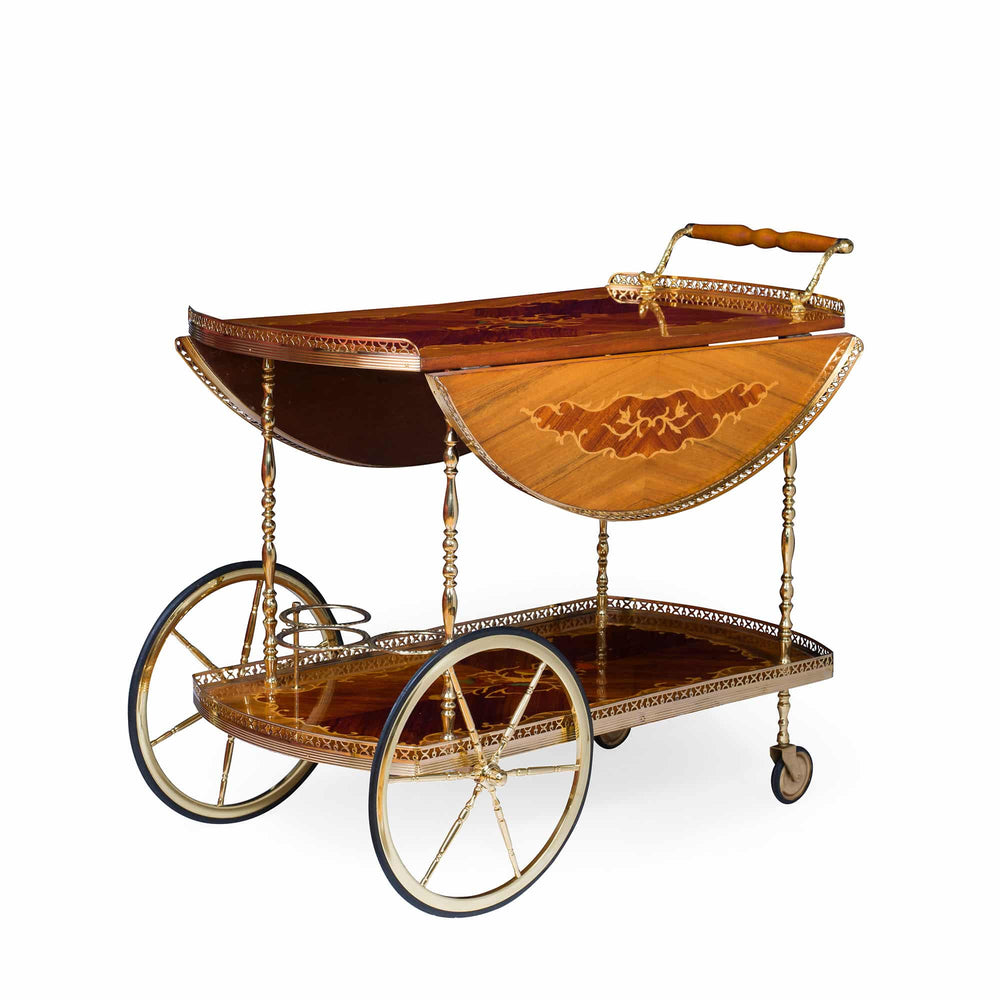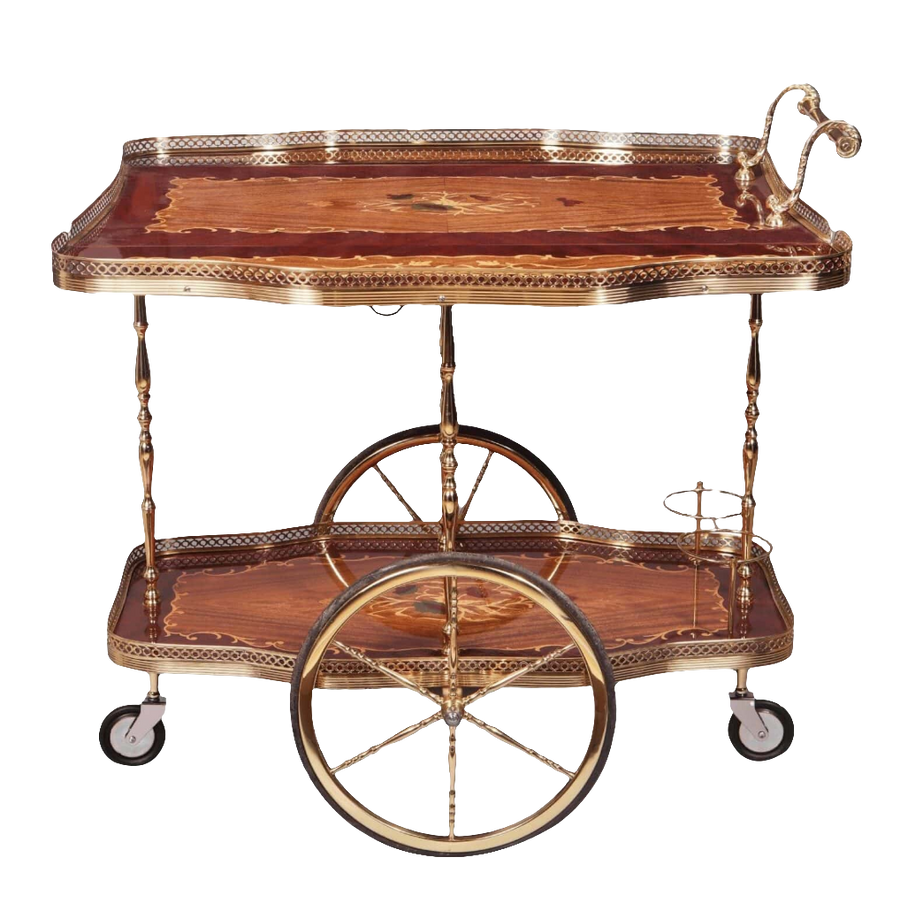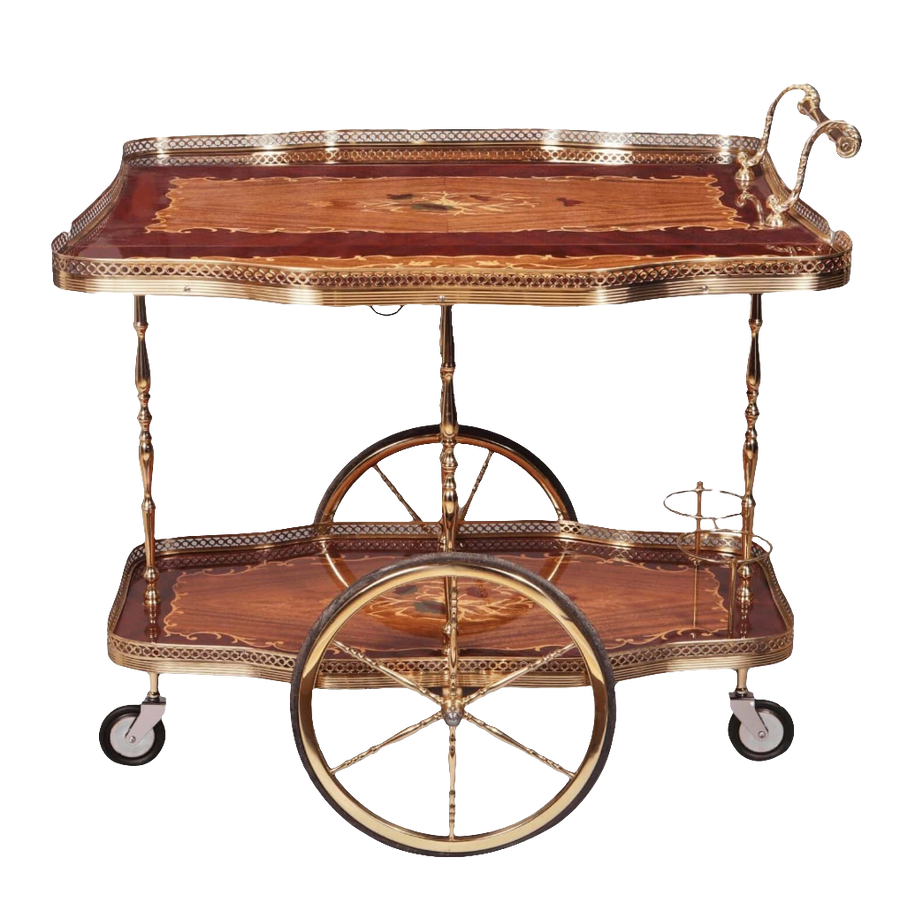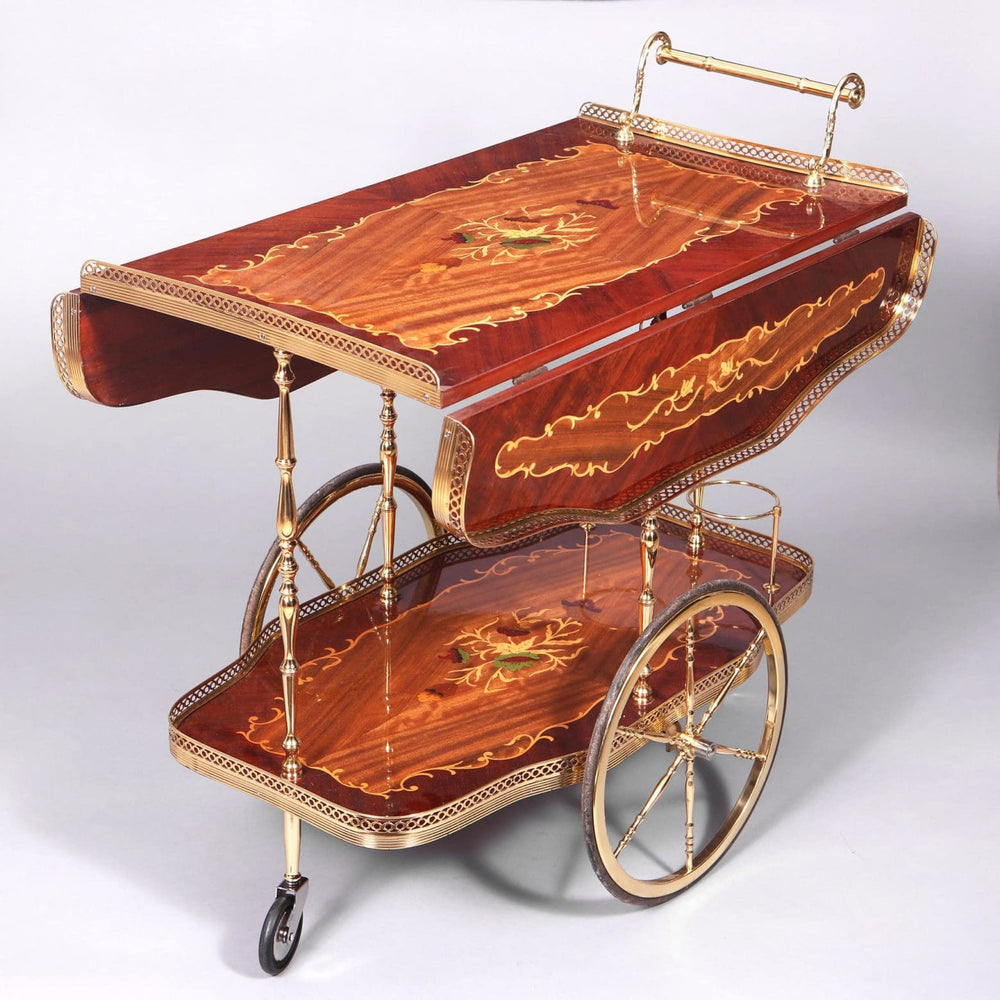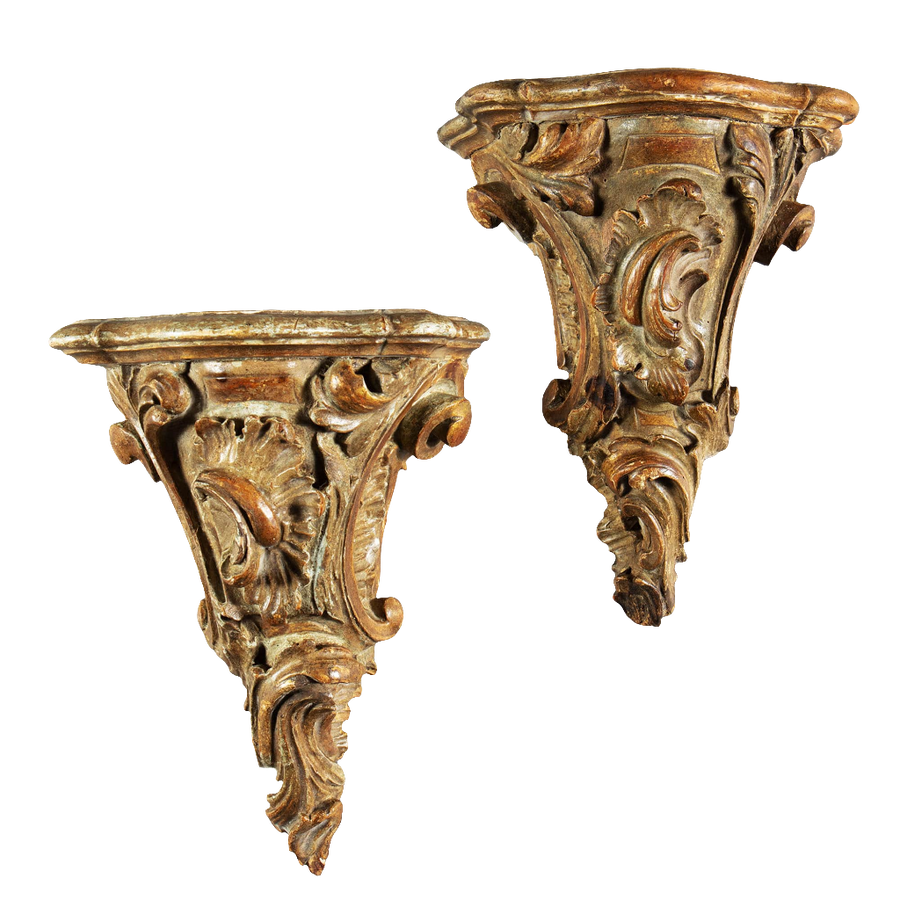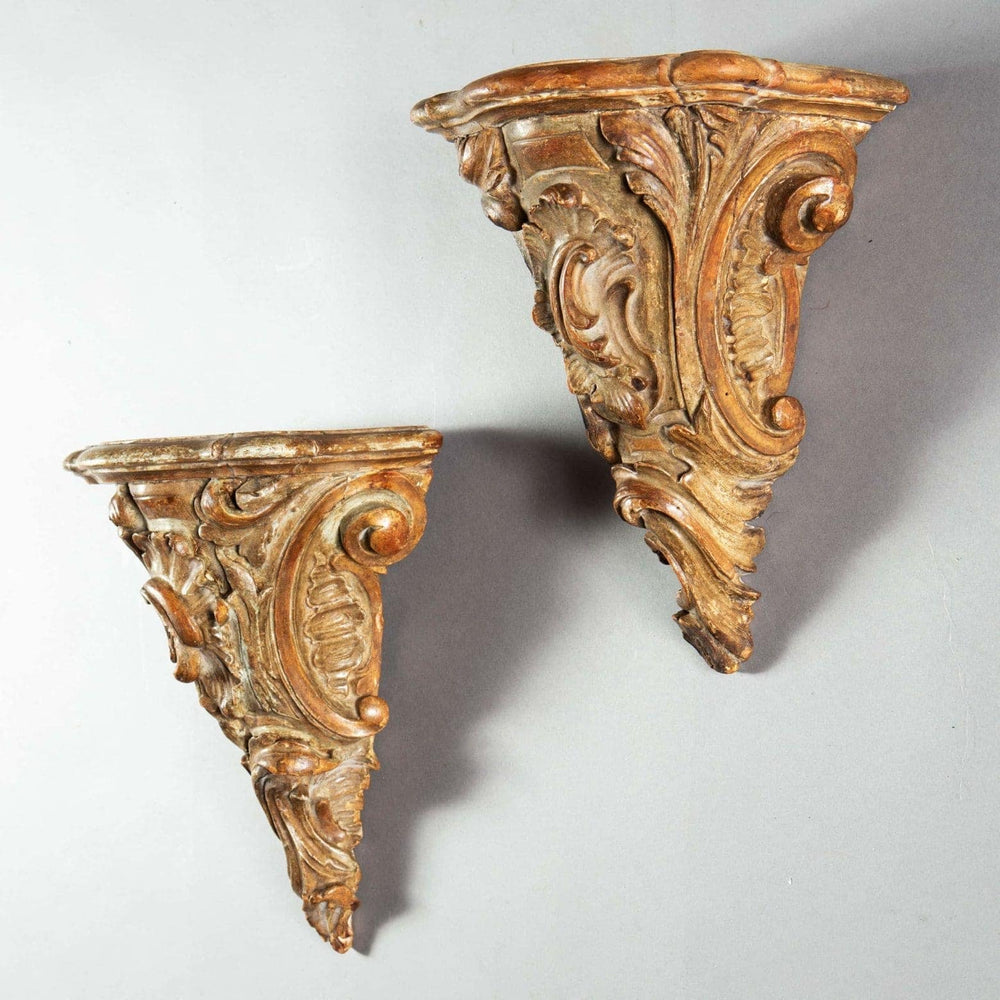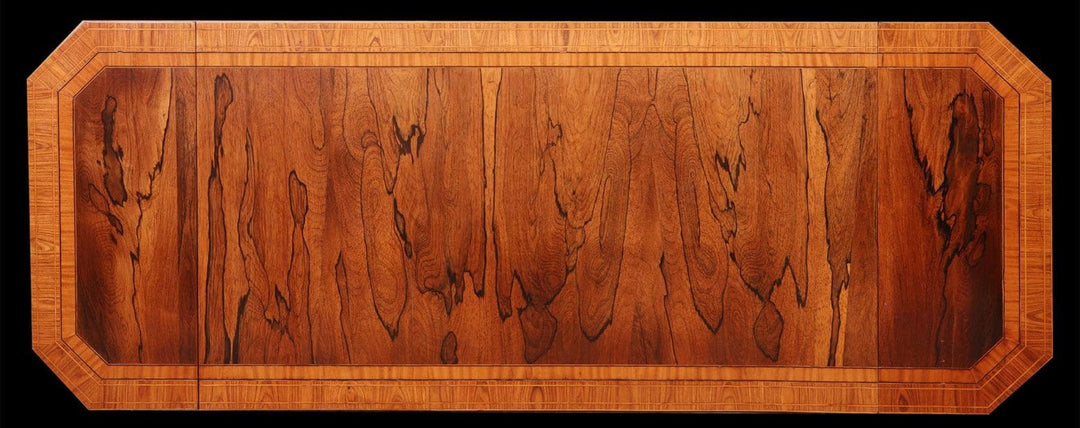The Grand Tour—a rite of passage for aristocratic young men during the 17th to 19th centuries—played a pivotal role not only in shaping cultural and intellectual education, but also in establishing a distinctive decorative arts style. Typically undertaken by individuals from Europe and America, the Tour sought to immerse travellers in the classical heritage of the Continent, with Italy and Greece as essential destinations.
Rome, in particular, served as a cultural epicentre. Tourists marvelled at its classical ruins, Renaissance masterpieces, and Baroque splendour. The city’s vast artistic wealth made it a compulsory stop, where visitors engaged with antiquity through guided studies, social salons, and acquisition of art and artefacts.
Collecting as Cultural Currency
Grand Tour travellers amassed a wide array of souvenirs: paintings, sculptures, books, architectural sketches, and archaeological fragments. These objects served not only as mementos but as manifestations of taste, learning, and refinement. Displayed in private homes, they became part of a cultivated interior style characterised by neoclassical motifs, symmetry, and archaeological references.
The aesthetic language of the Grand Tour fused ancient ideals with Enlightenment sensibilities, laying the foundation for what would become recognised as the “Grand Tour Style”—a hallmark of cultured society in the 18th and 19th centuries.
Legacy
Today, the influence of the Grand Tour remains visible in decorative arts collections, museum exhibitions, and interior design. Its impact reflects a broader cultural movement that valued education through experience, and celebrated the enduring power of classical antiquity to shape modern identity and aesthetics.
The Grand Tour—a rite of passage for aristocratic young men during the 17th to 19th centuries—played a pivotal role not only in shaping cultural and intellectual education, but also in establishing a distinctive decorative arts style. Typically undertaken by individuals from Europe and America, the Tour sought to immerse travellers in the classical heritage of the Continent, with Italy and Greece as essential destinations.
Rome, in particular, served as a cultural epicentre. Tourists marvelled at its classical ruins, Renaissance masterpieces, and Baroque splendour. The city’s vast artistic wealth made it a compulsory stop, where visitors engaged with antiquity through guided studies, social salons, and acquisition of art and artefacts.
Collecting as Cultural Currency
Grand Tour travellers amassed a wide array of souvenirs: paintings, sculptures, books, architectural sketches, and archaeological fragments. These objects served not only as mementos but as manifestations of taste, learning, and refinement. Displayed in private homes, they became part of a cultivated interior style characterised by neoclassical motifs, symmetry, and archaeological references.
The aesthetic language of the Grand Tour fused ancient ideals with Enlightenment sensibilities, laying the foundation for what would become recognised as the “Grand Tour Style”—a hallmark of cultured society in the 18th and 19th centuries.
Legacy
Today, the influence of the Grand Tour remains visible in decorative arts collections, museum exhibitions, and interior design. Its impact reflects a broader cultural movement that valued education through experience, and celebrated the enduring power of classical antiquity to shape modern identity and aesthetics.
Read More





